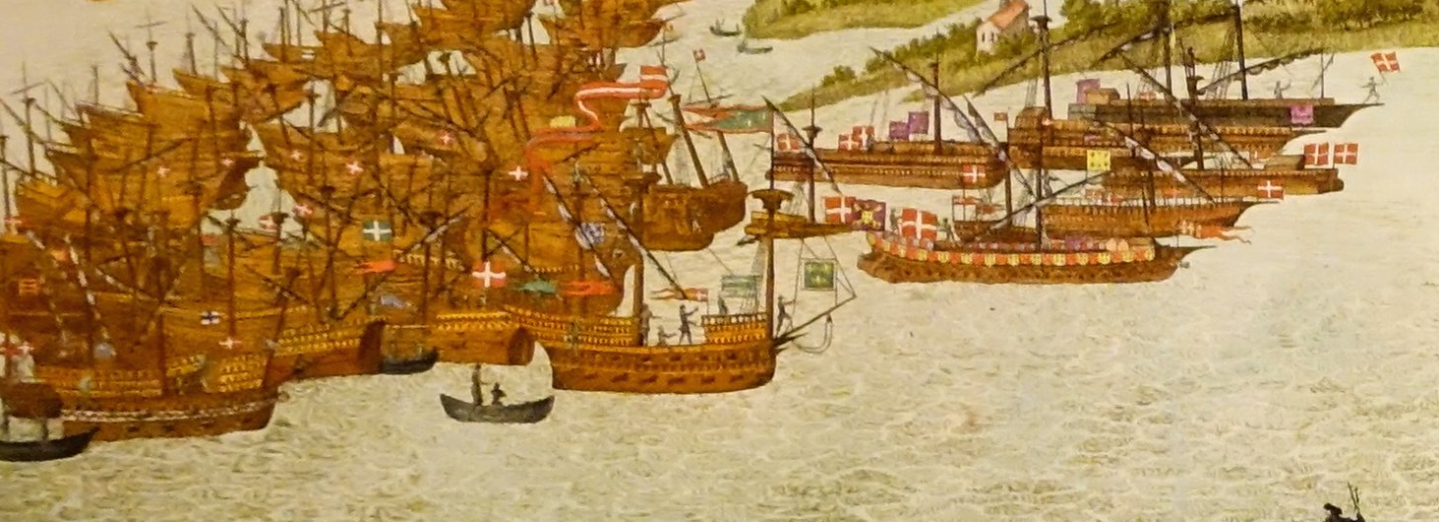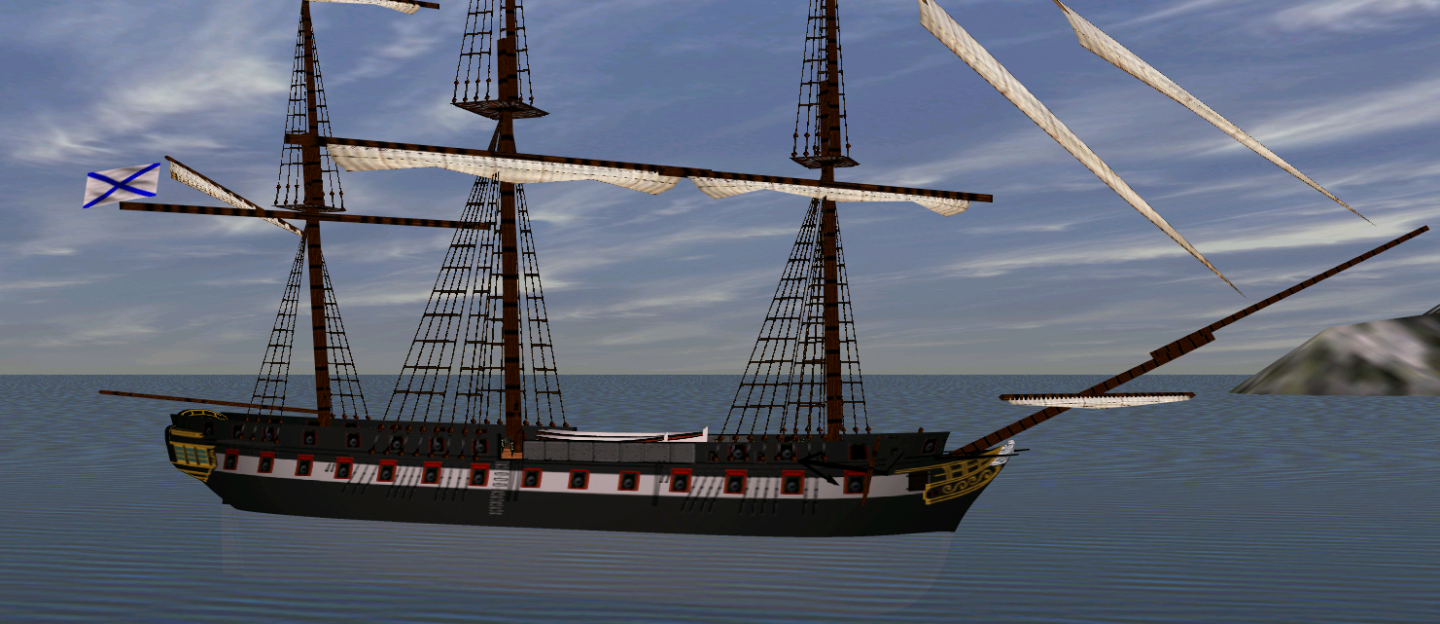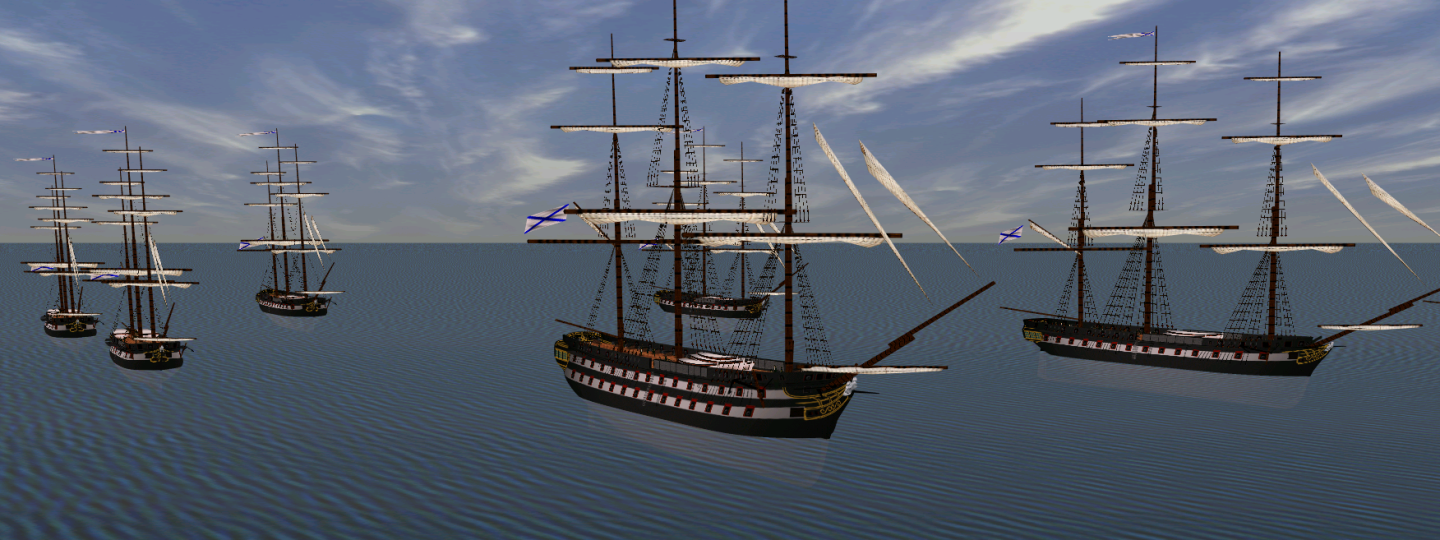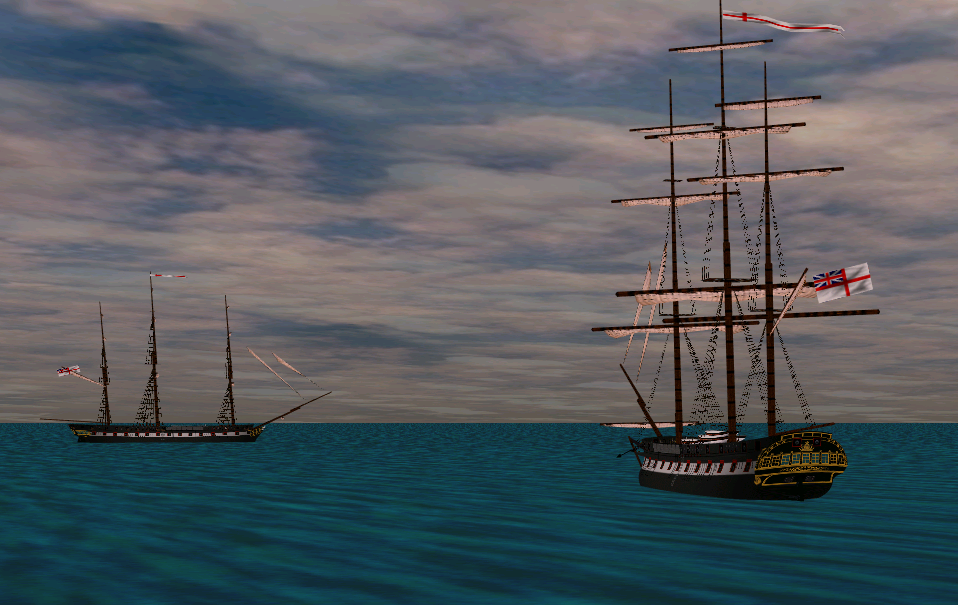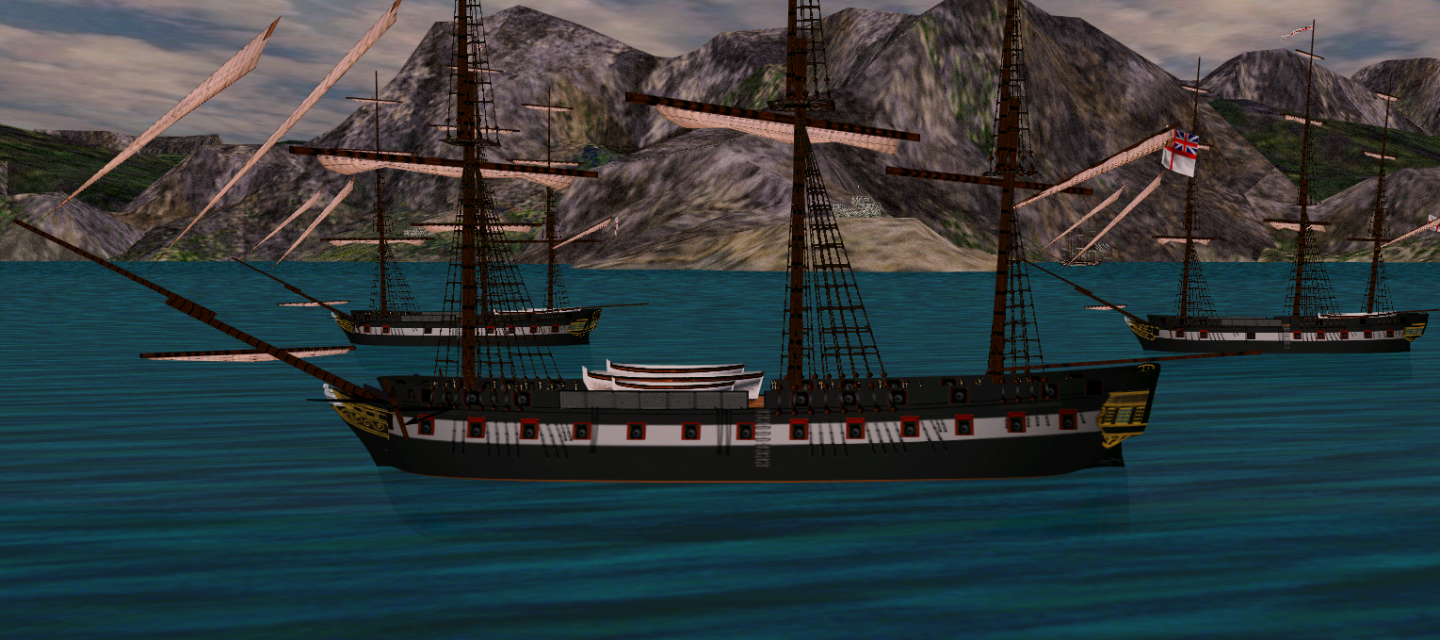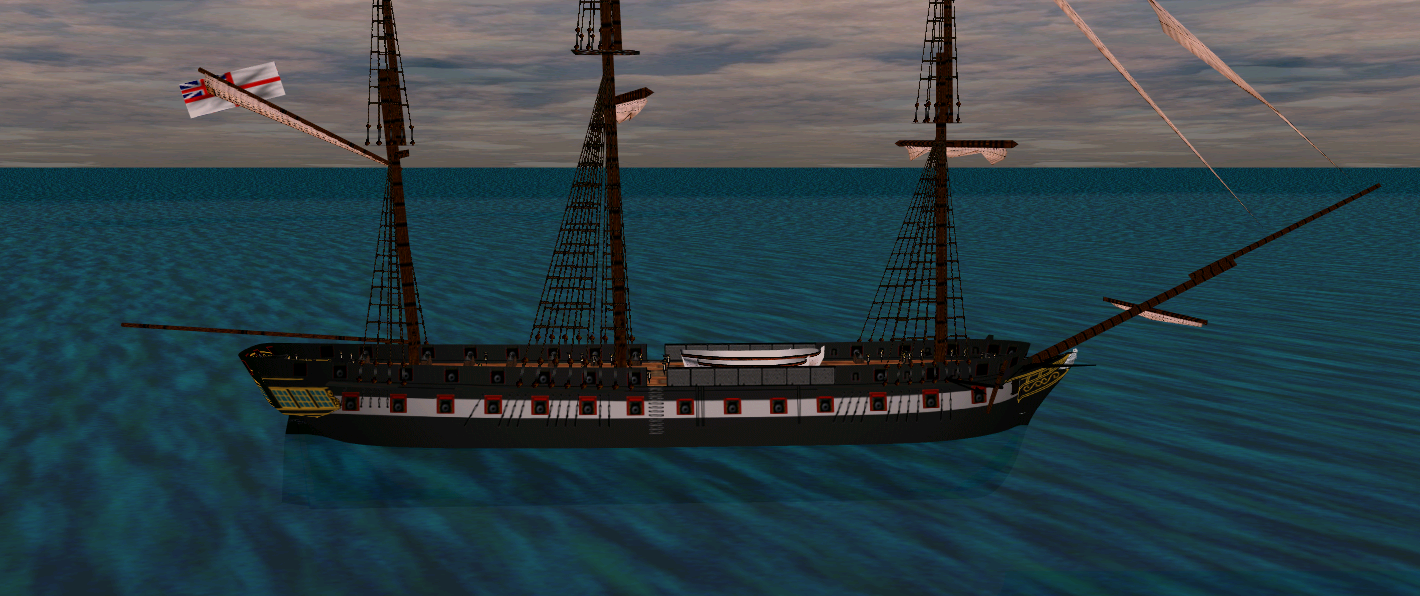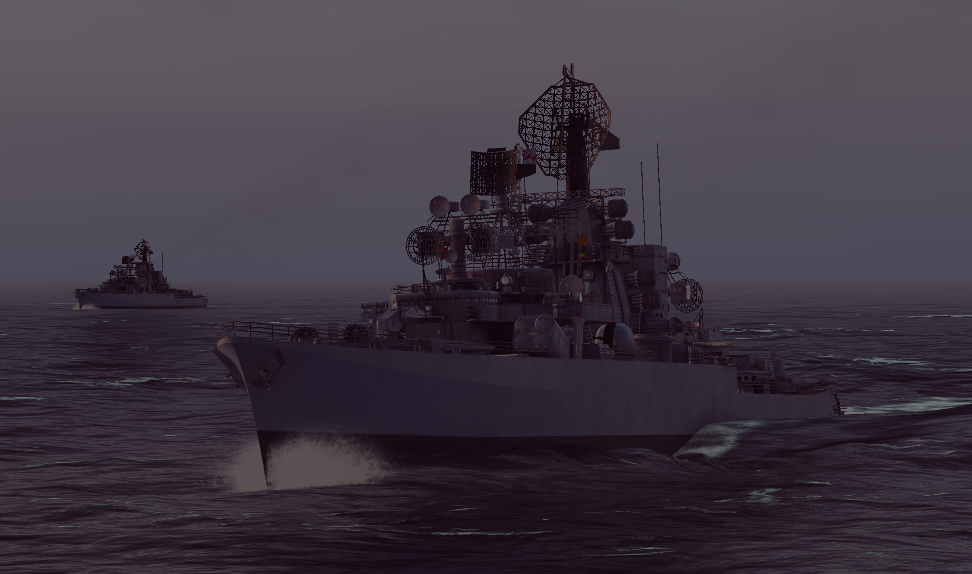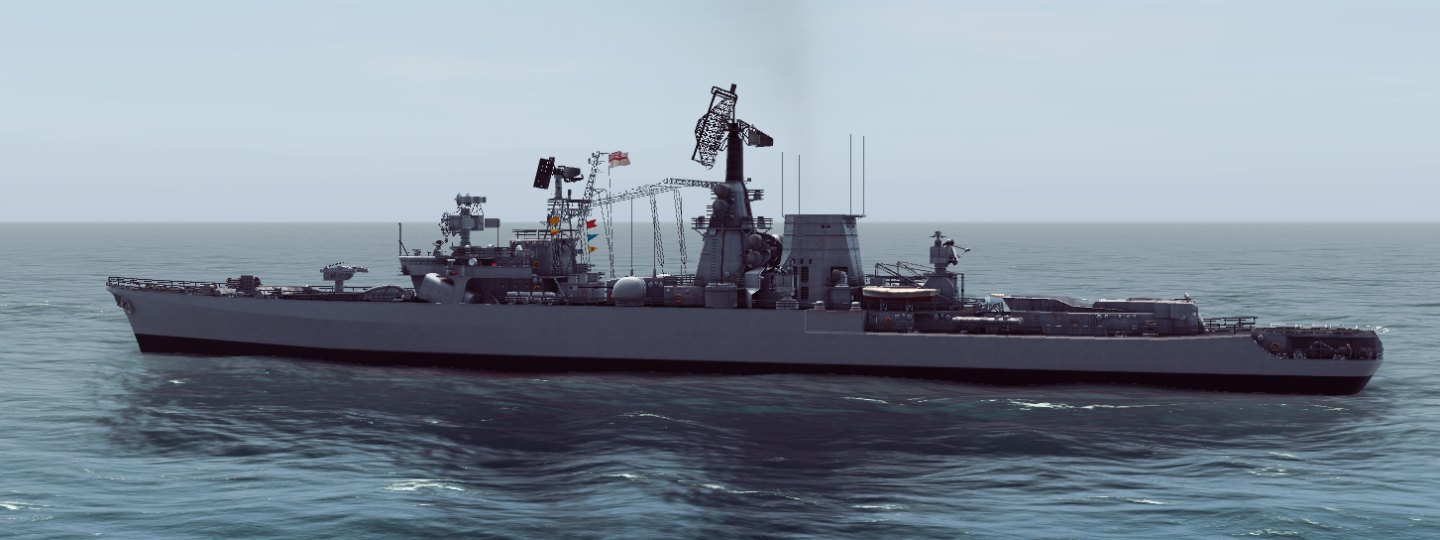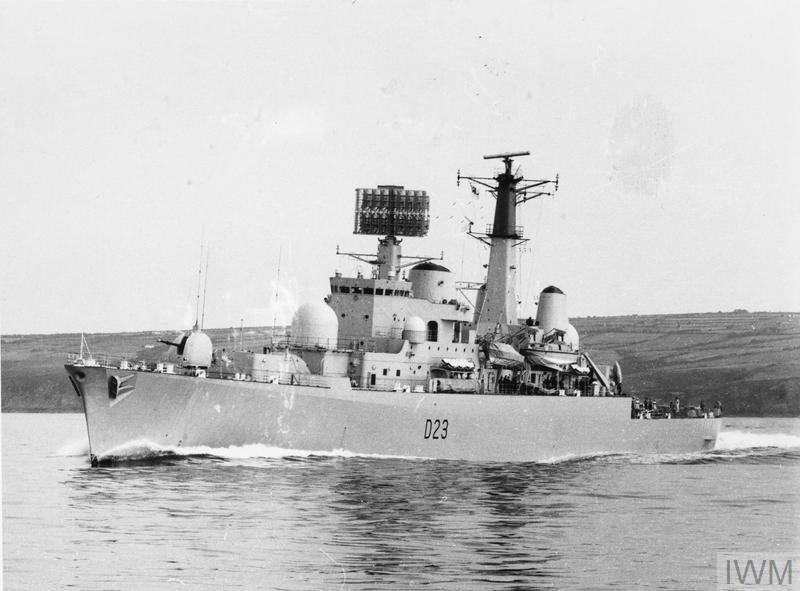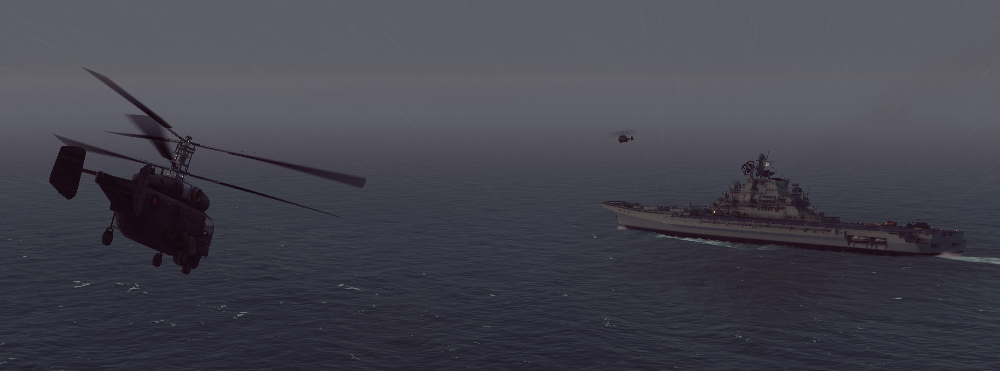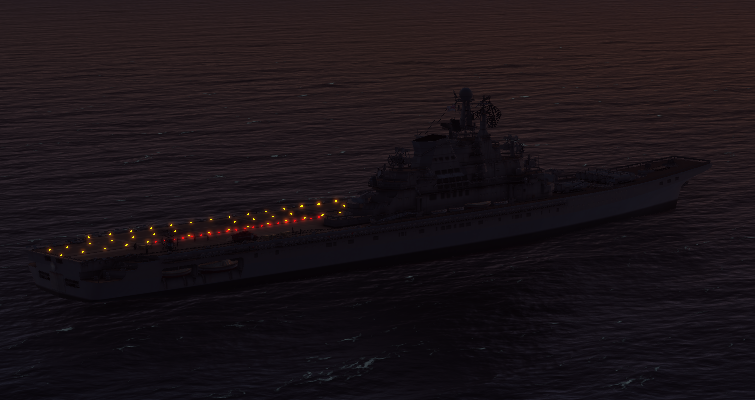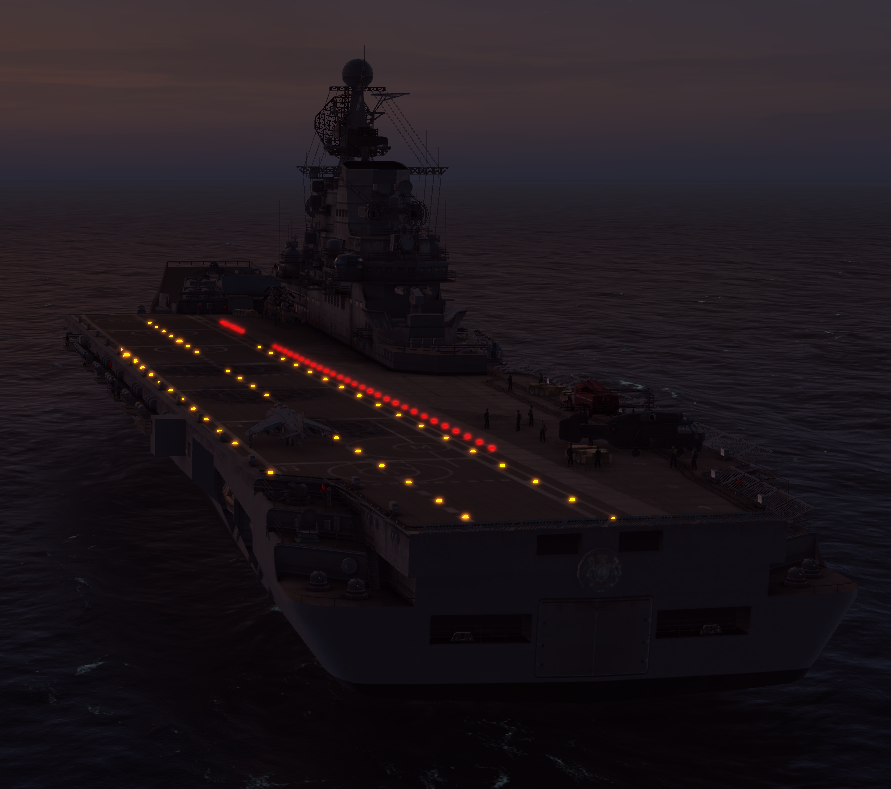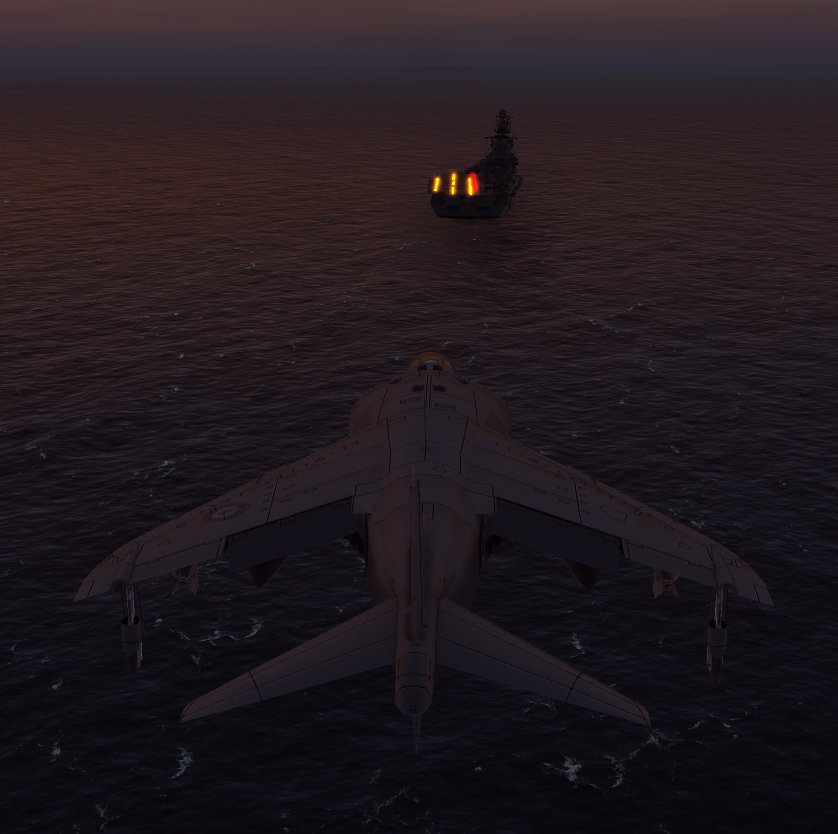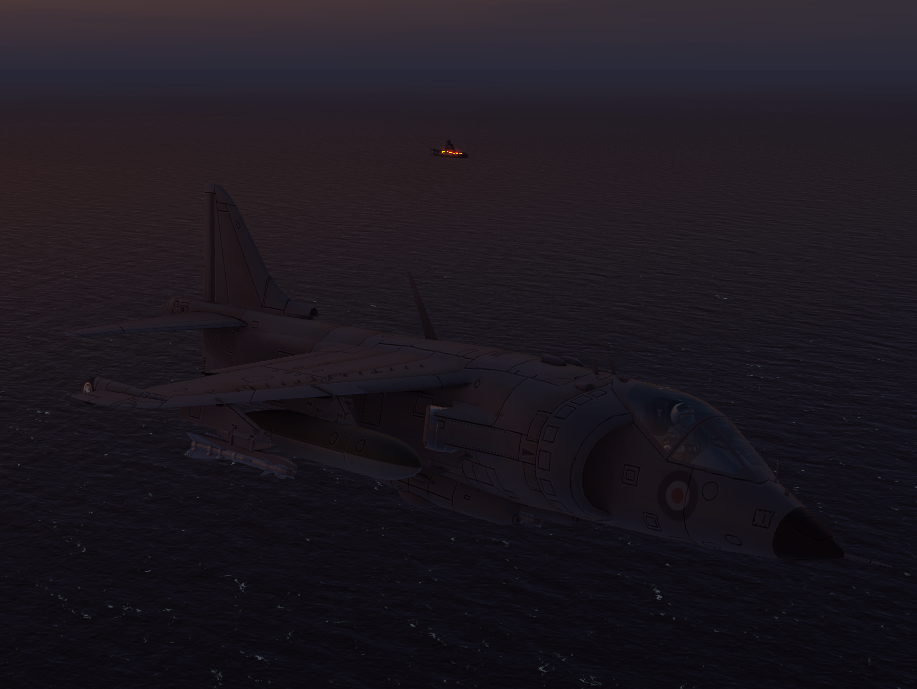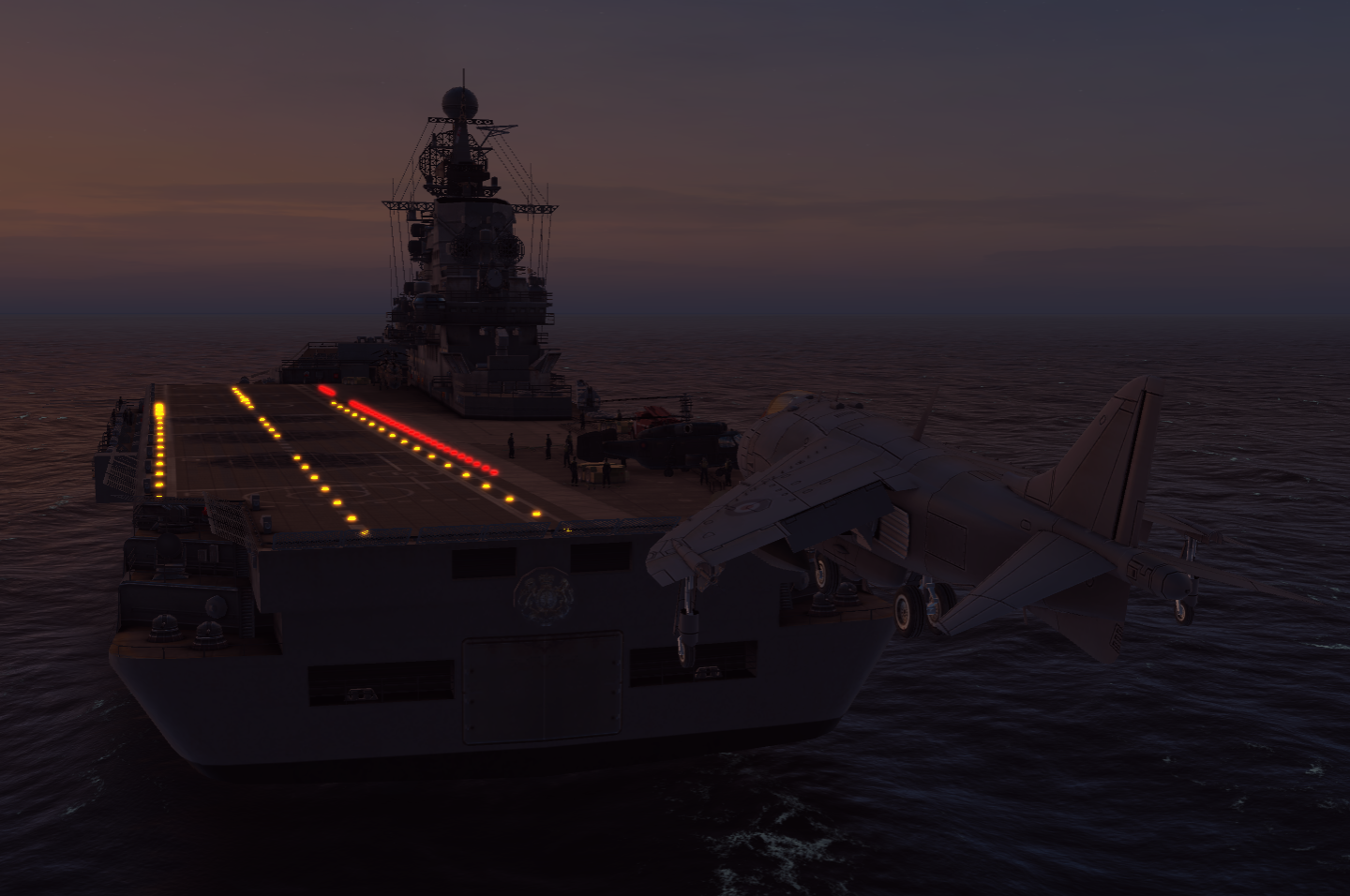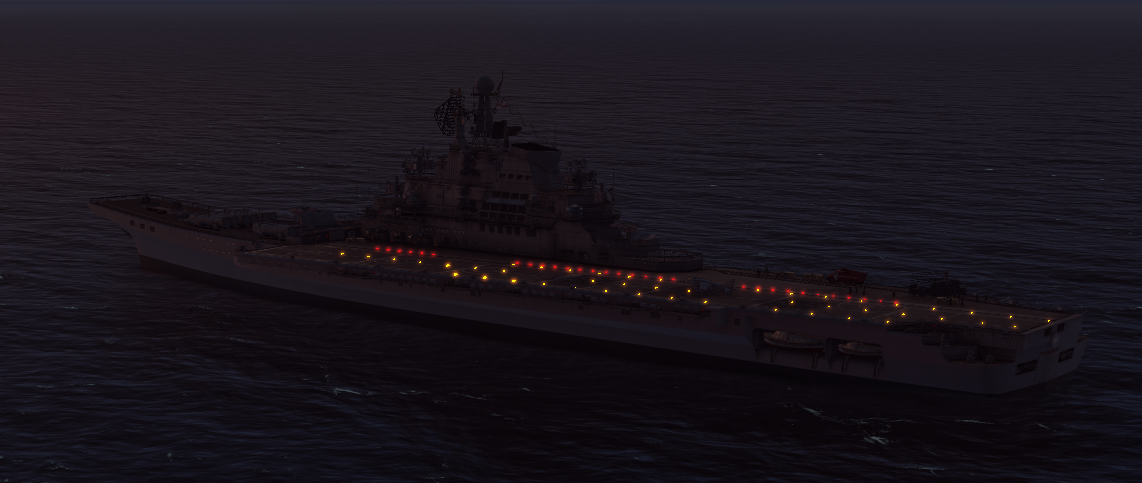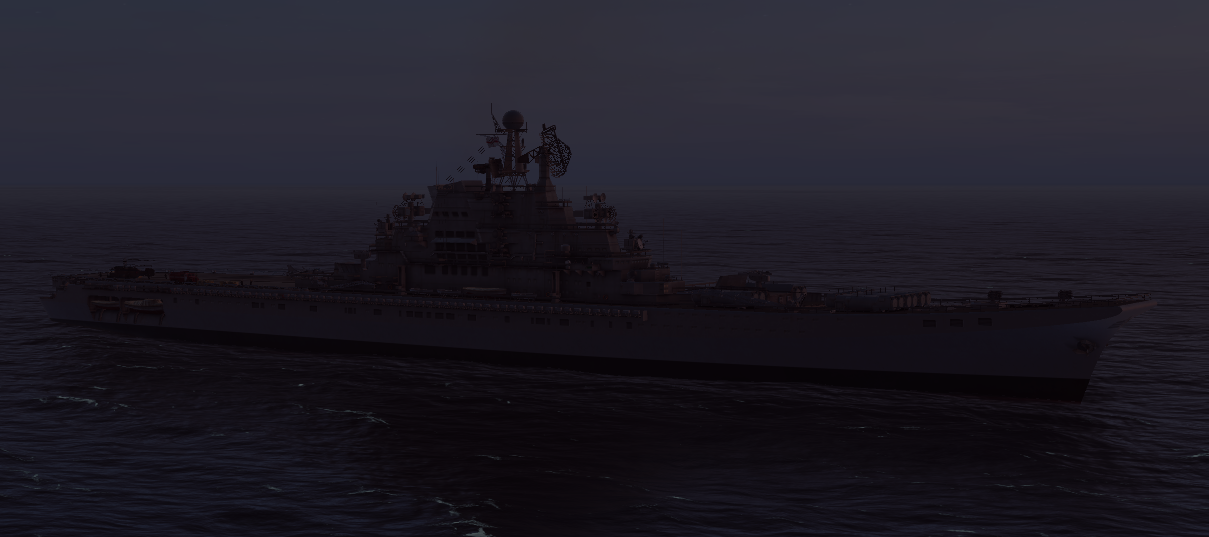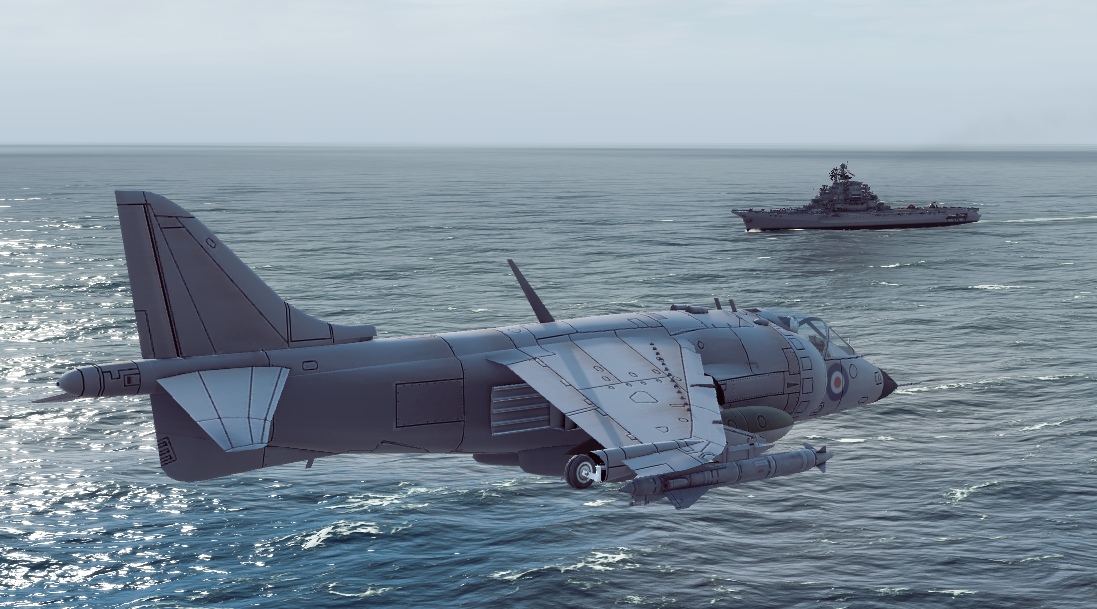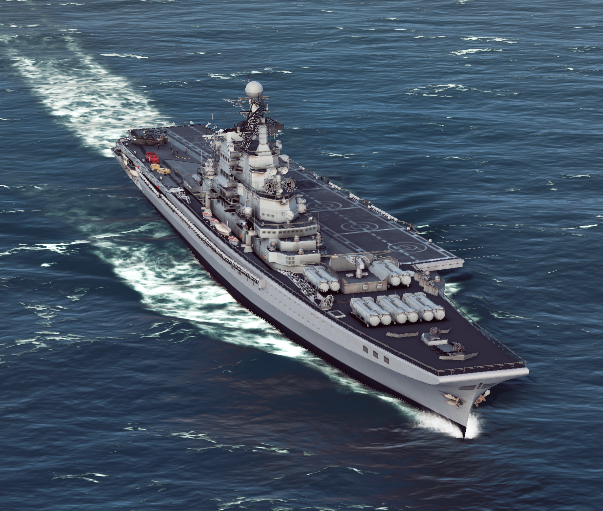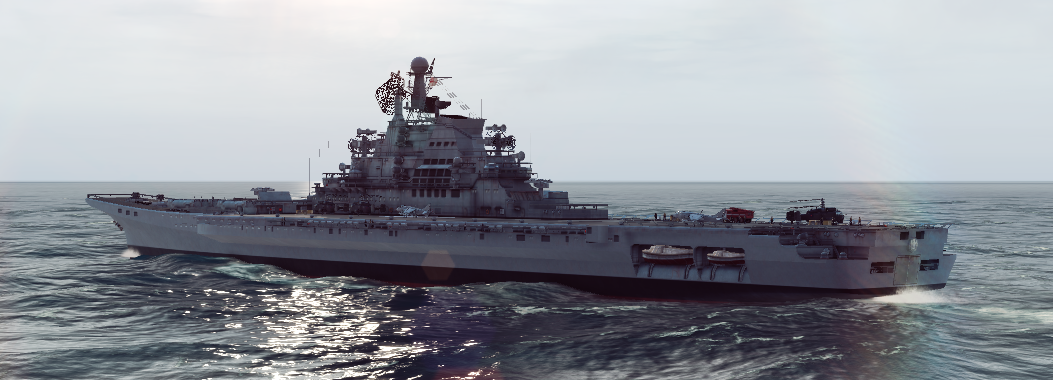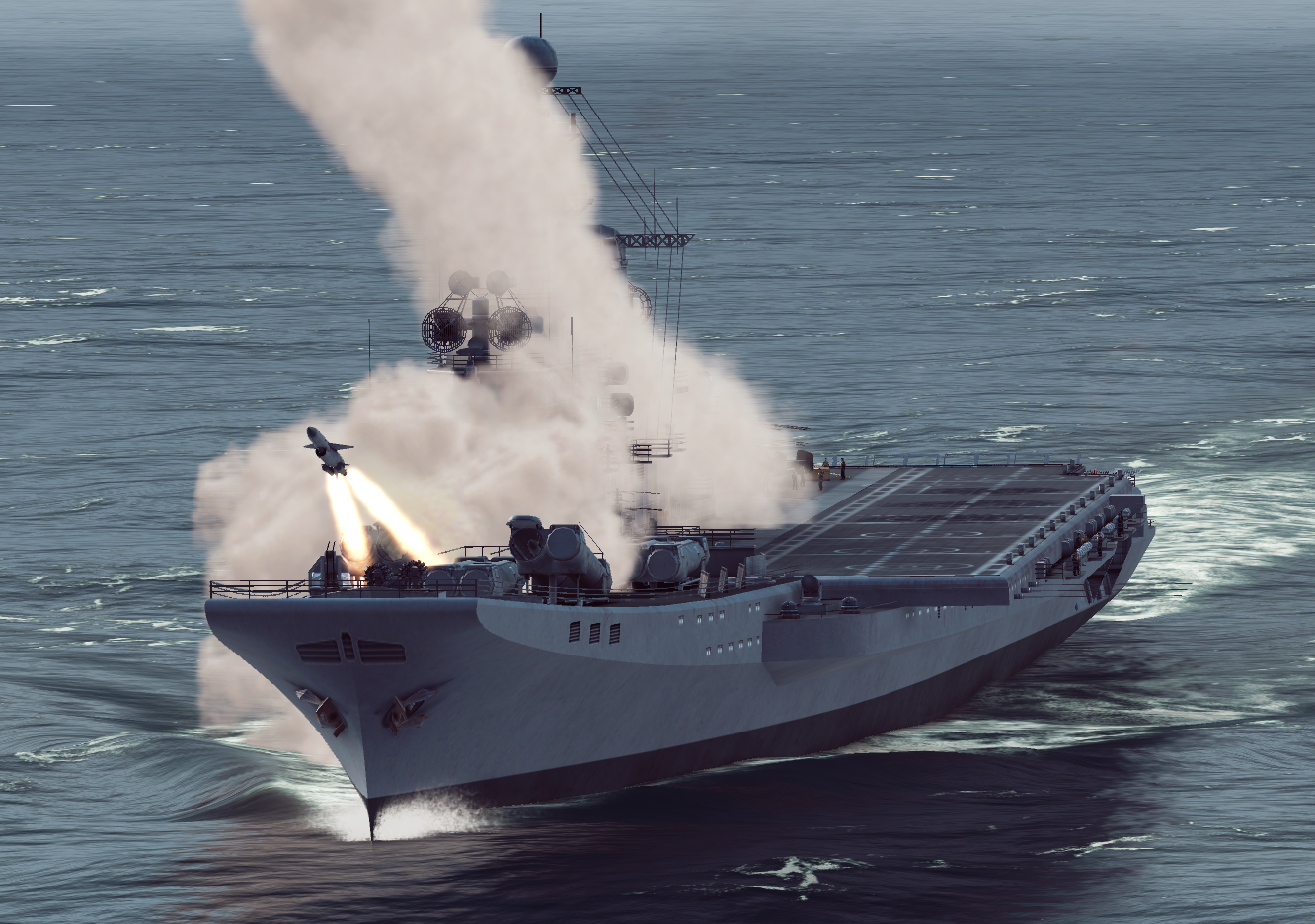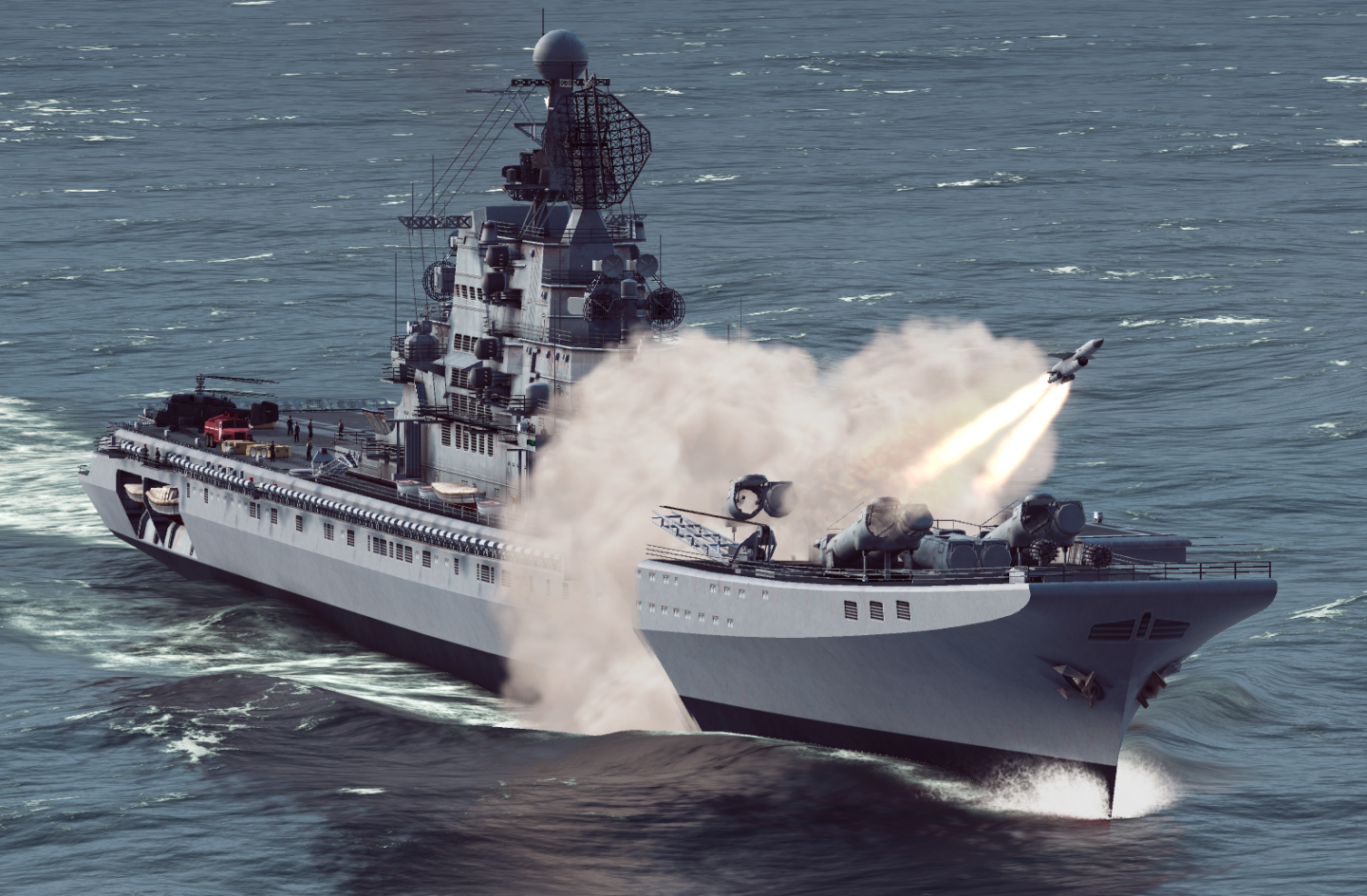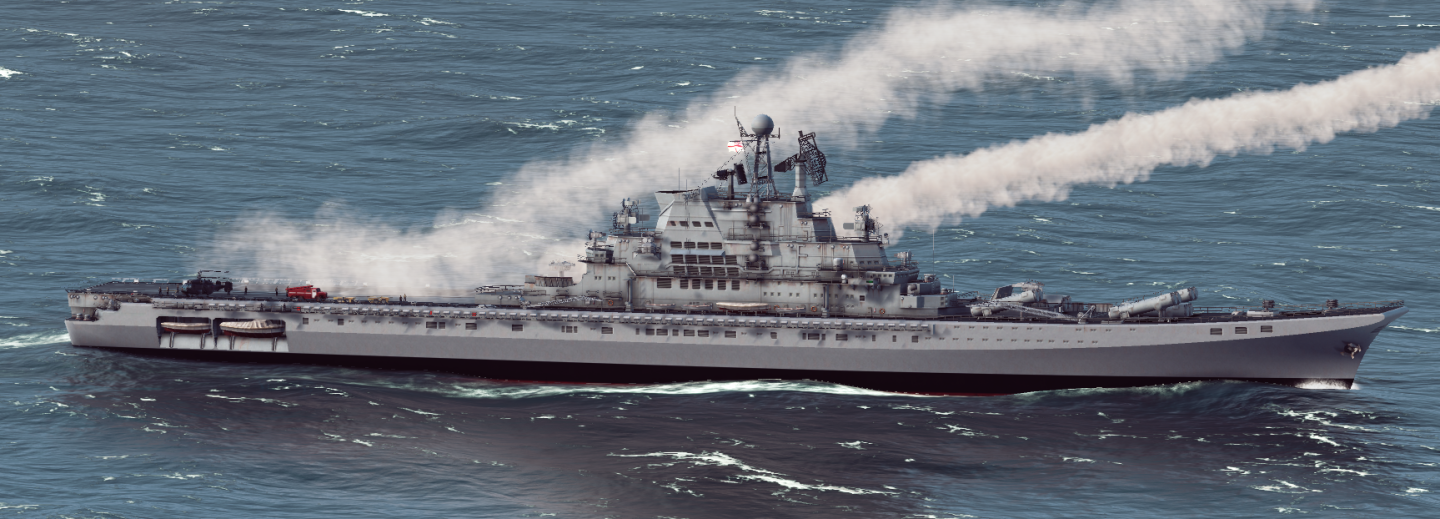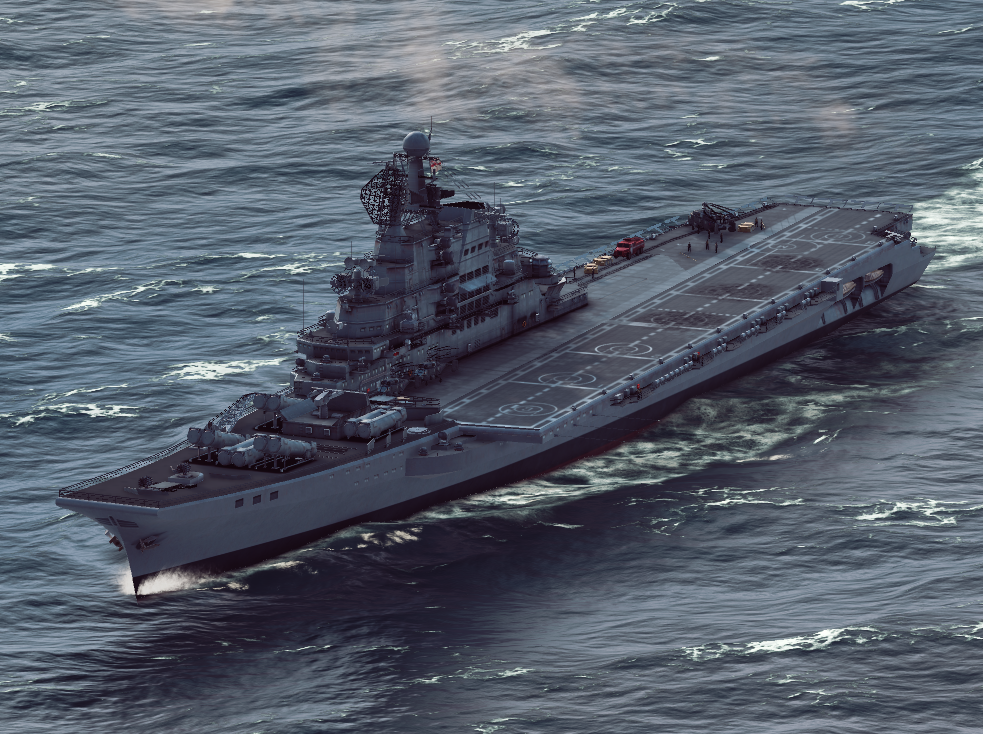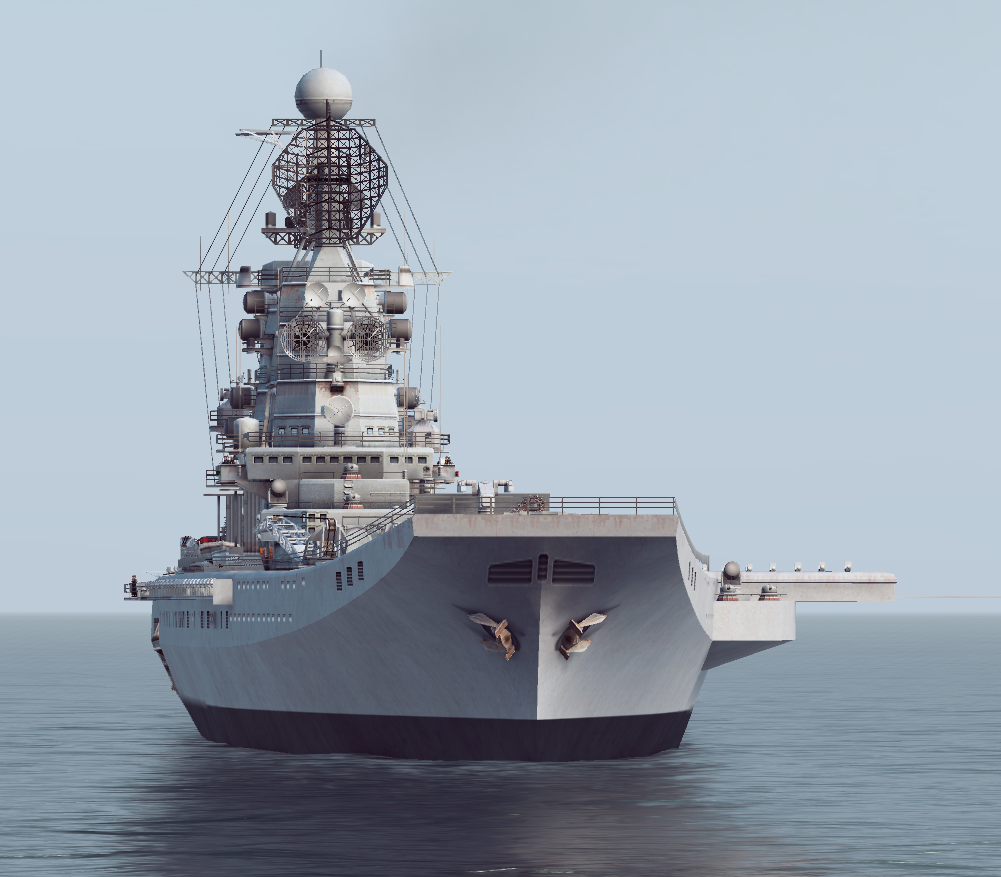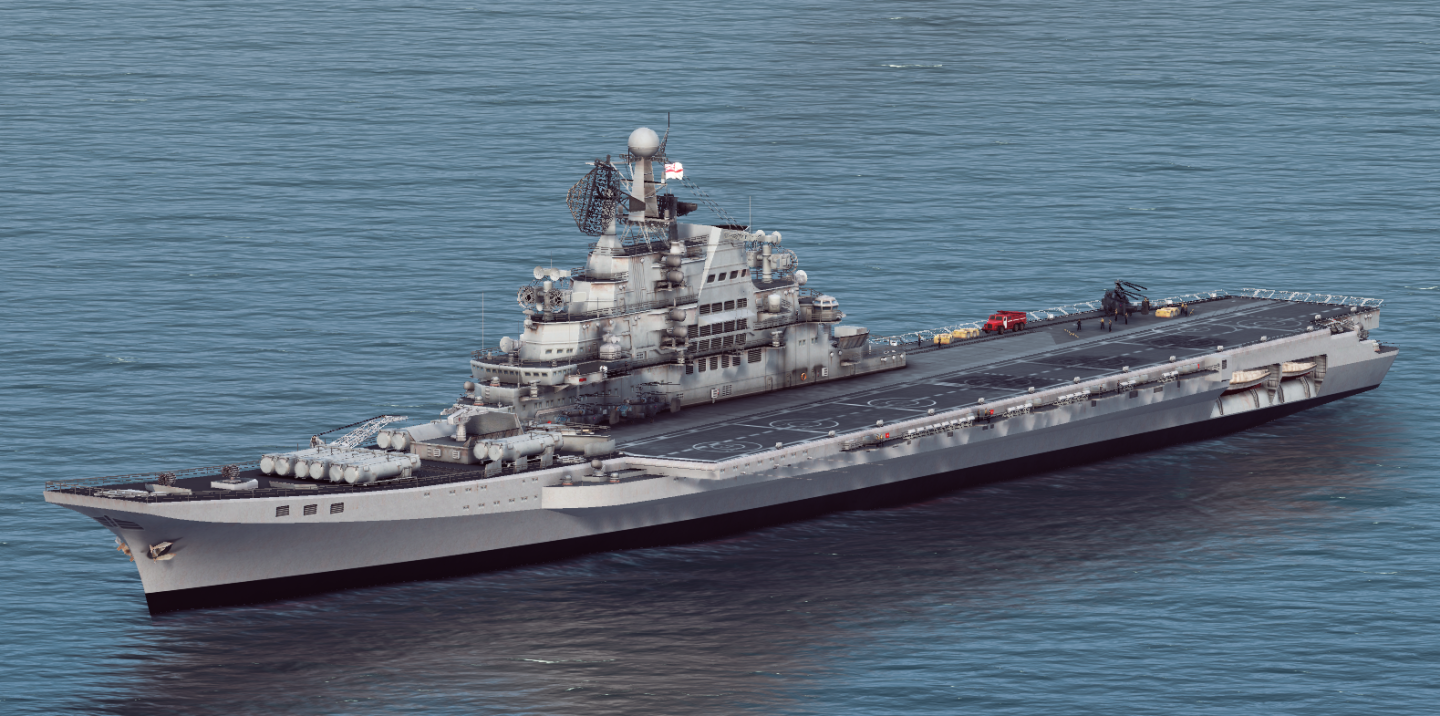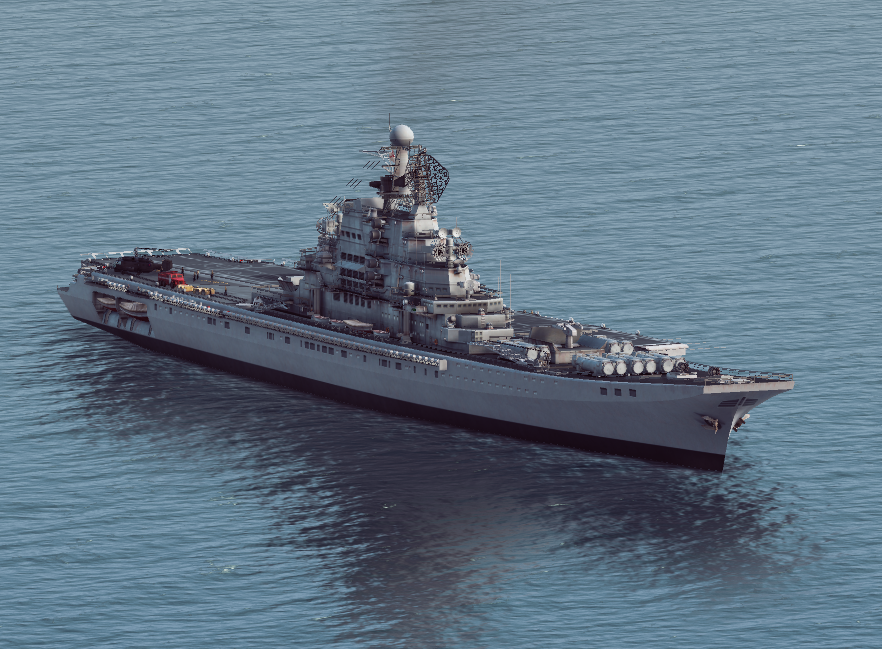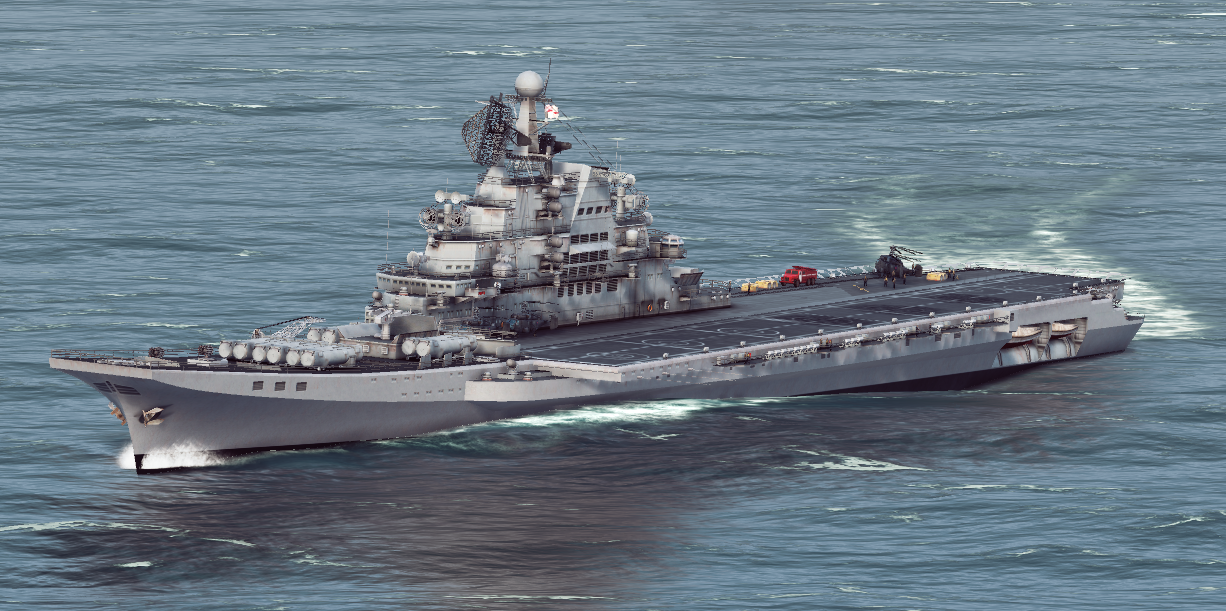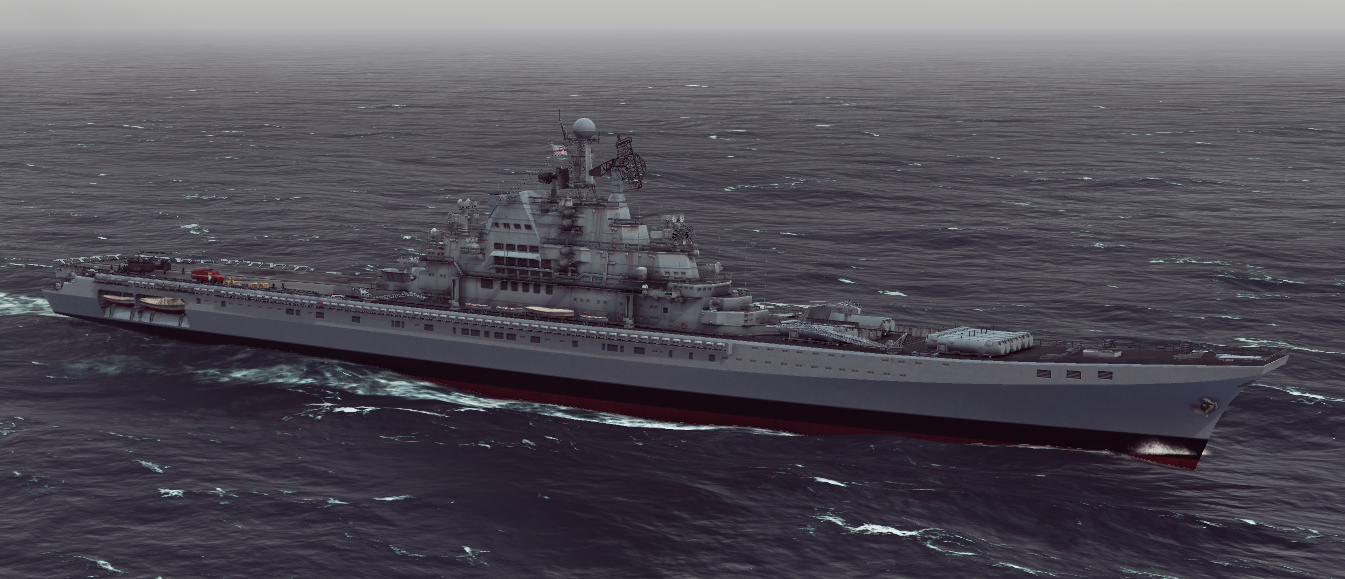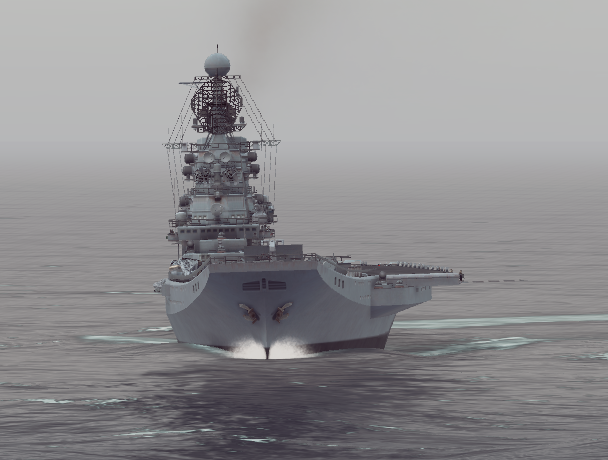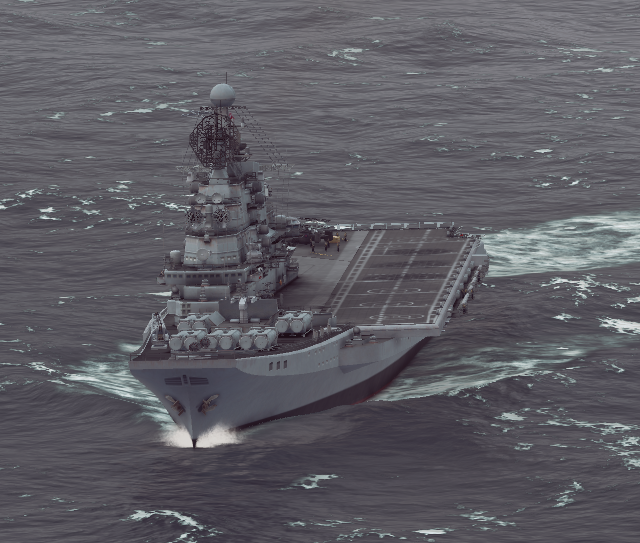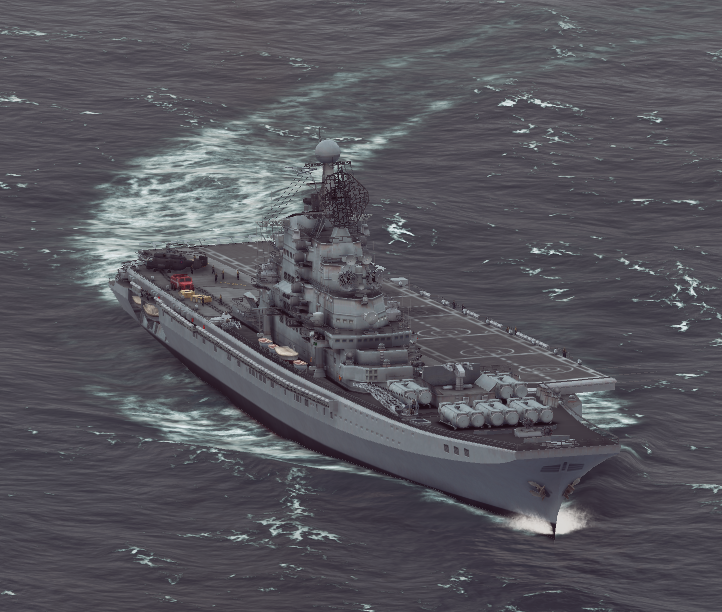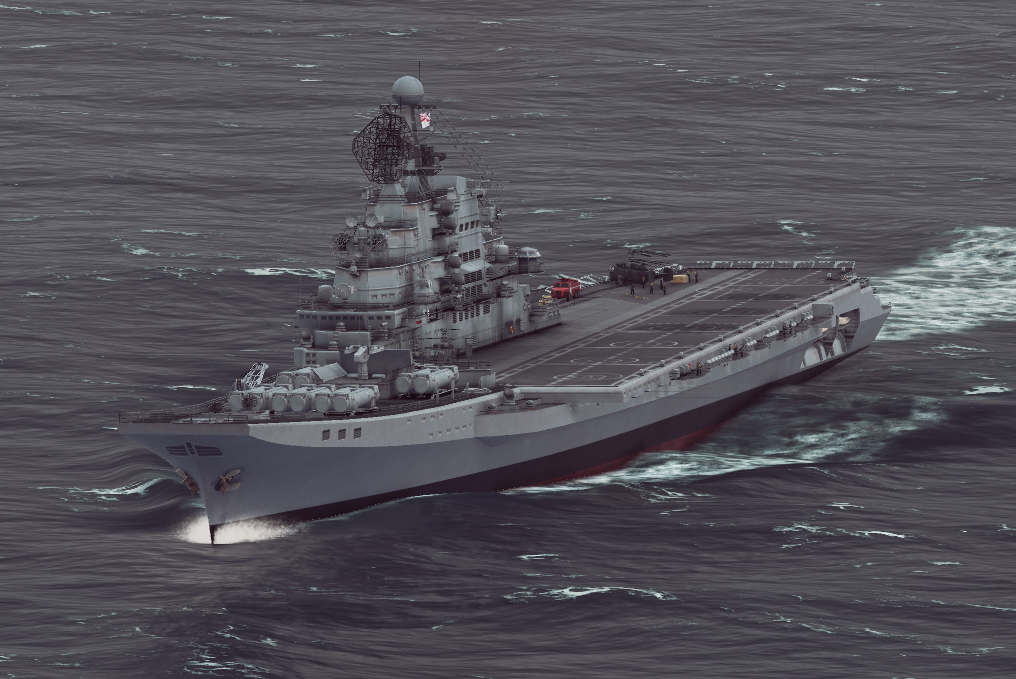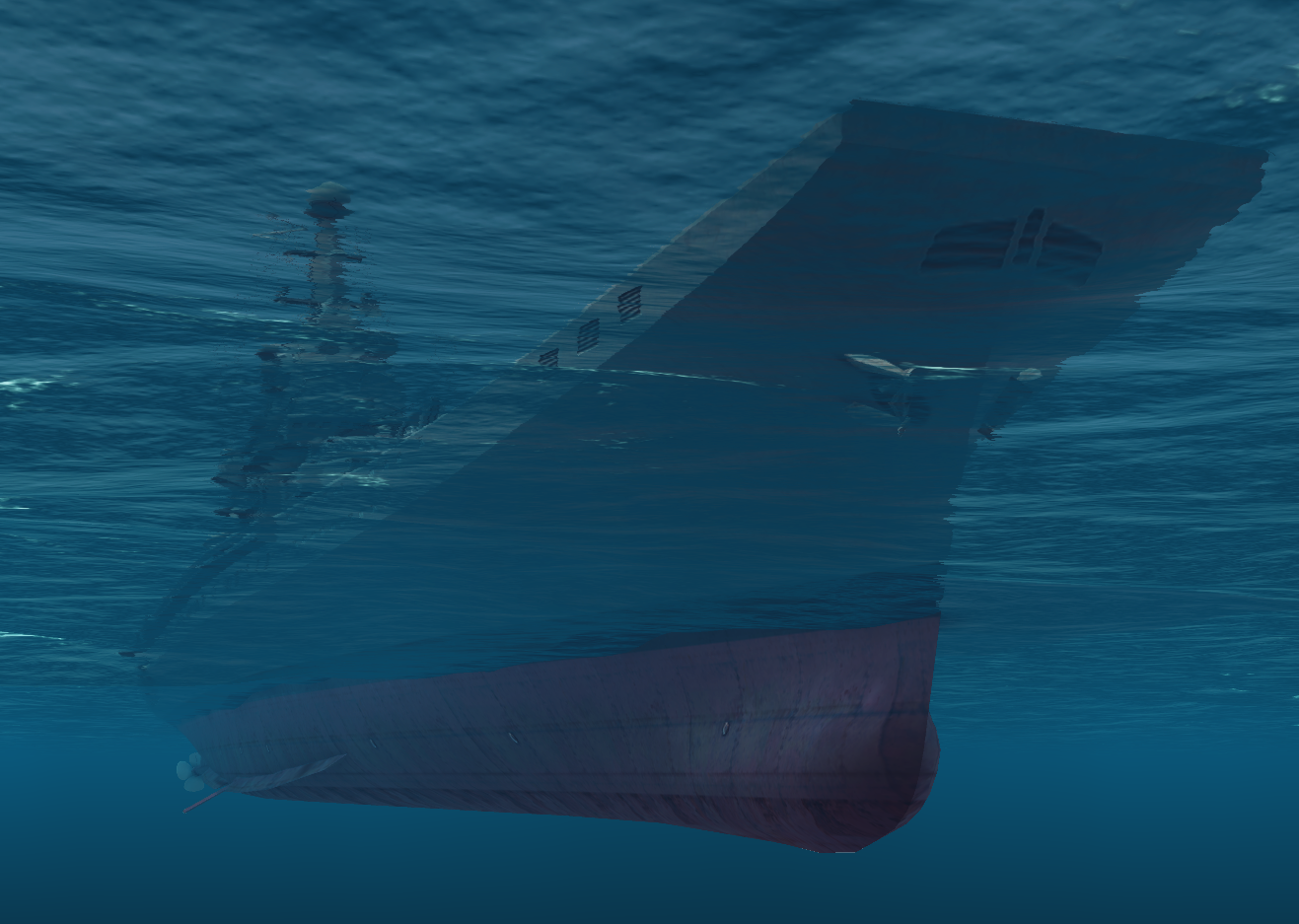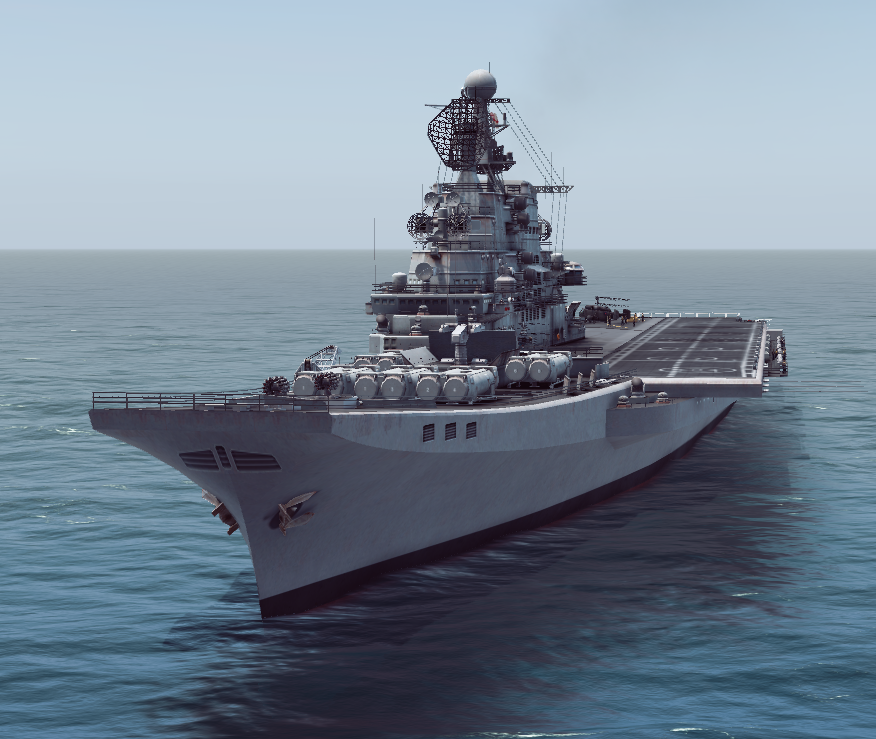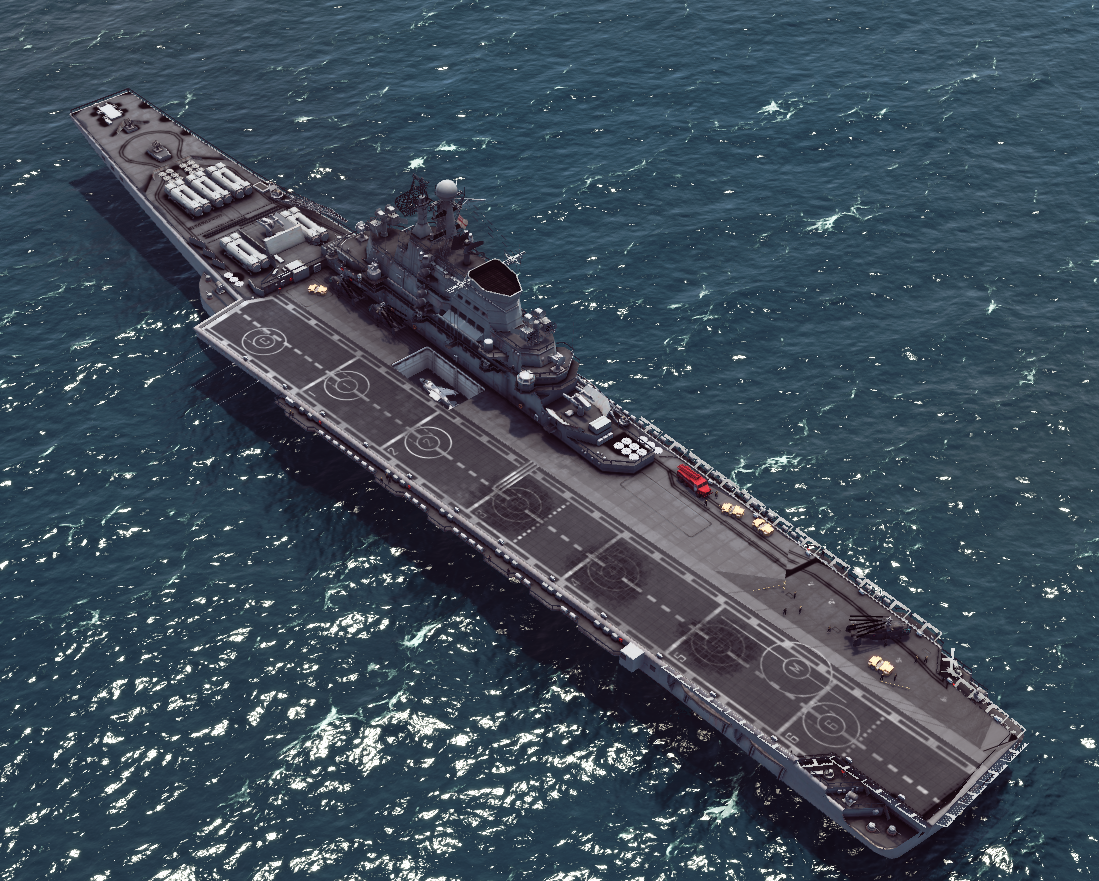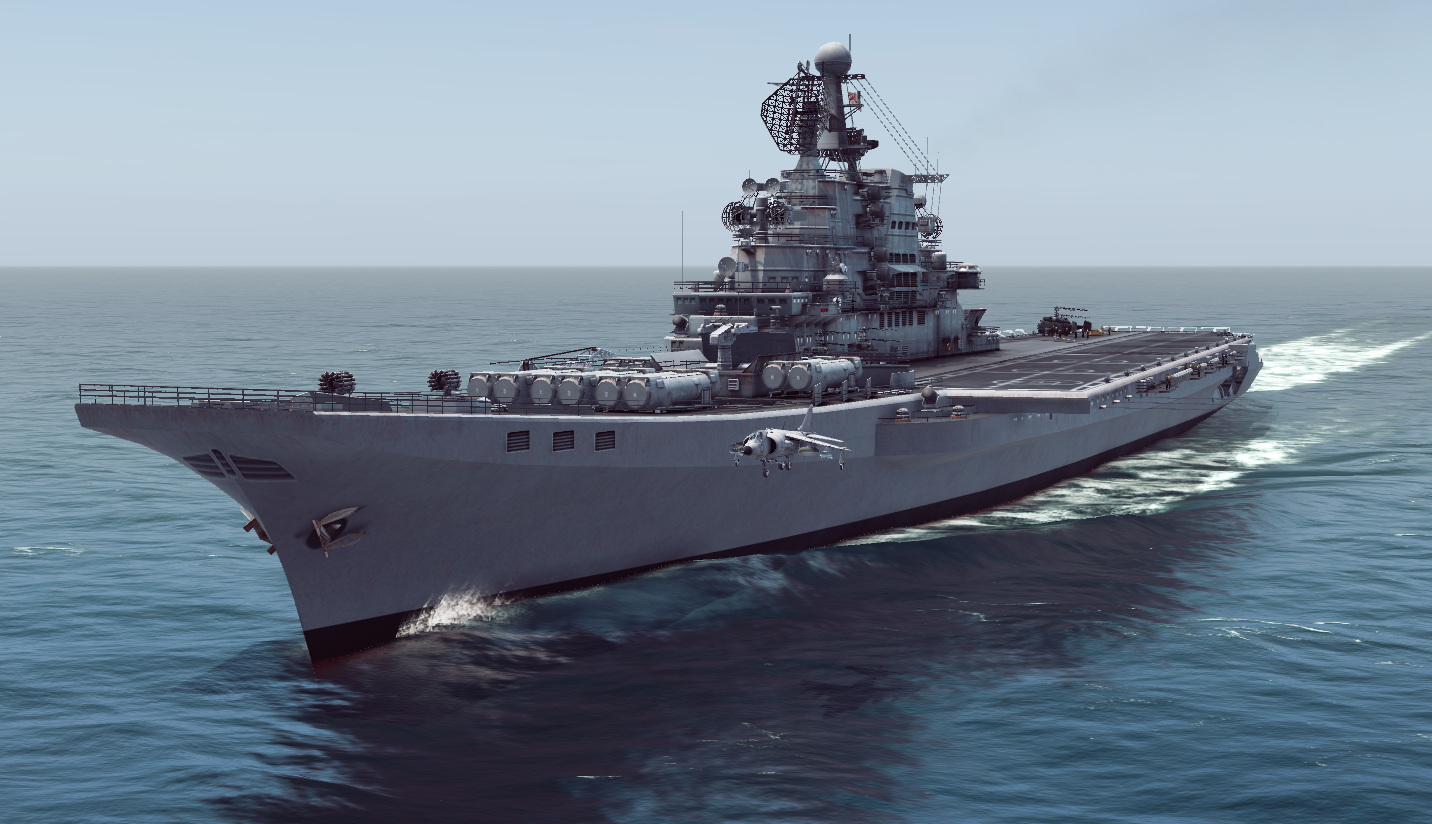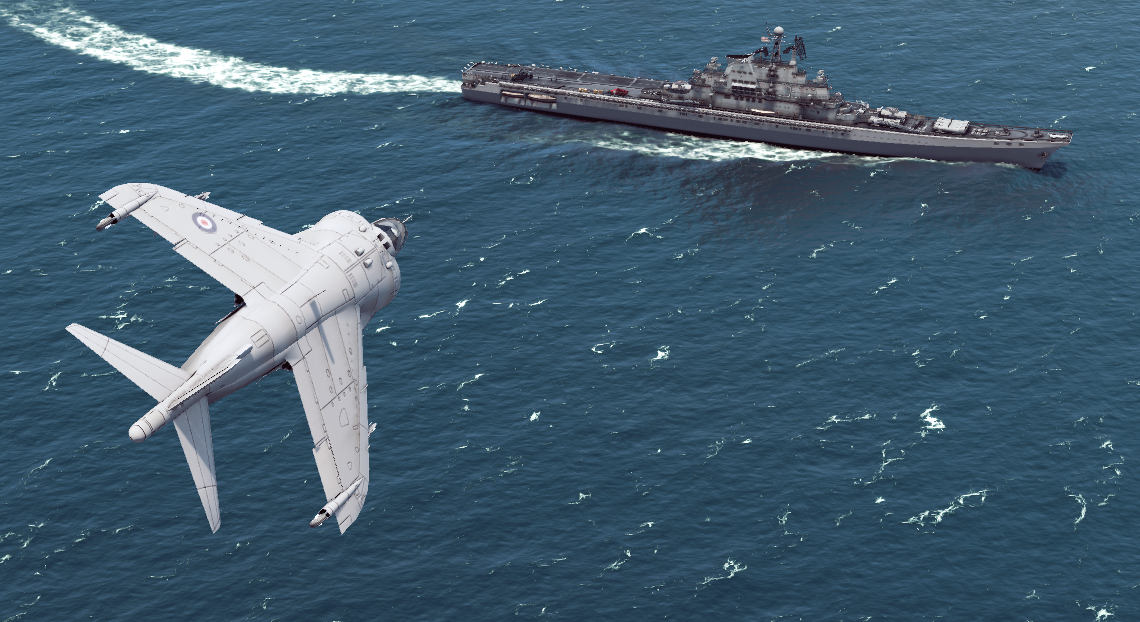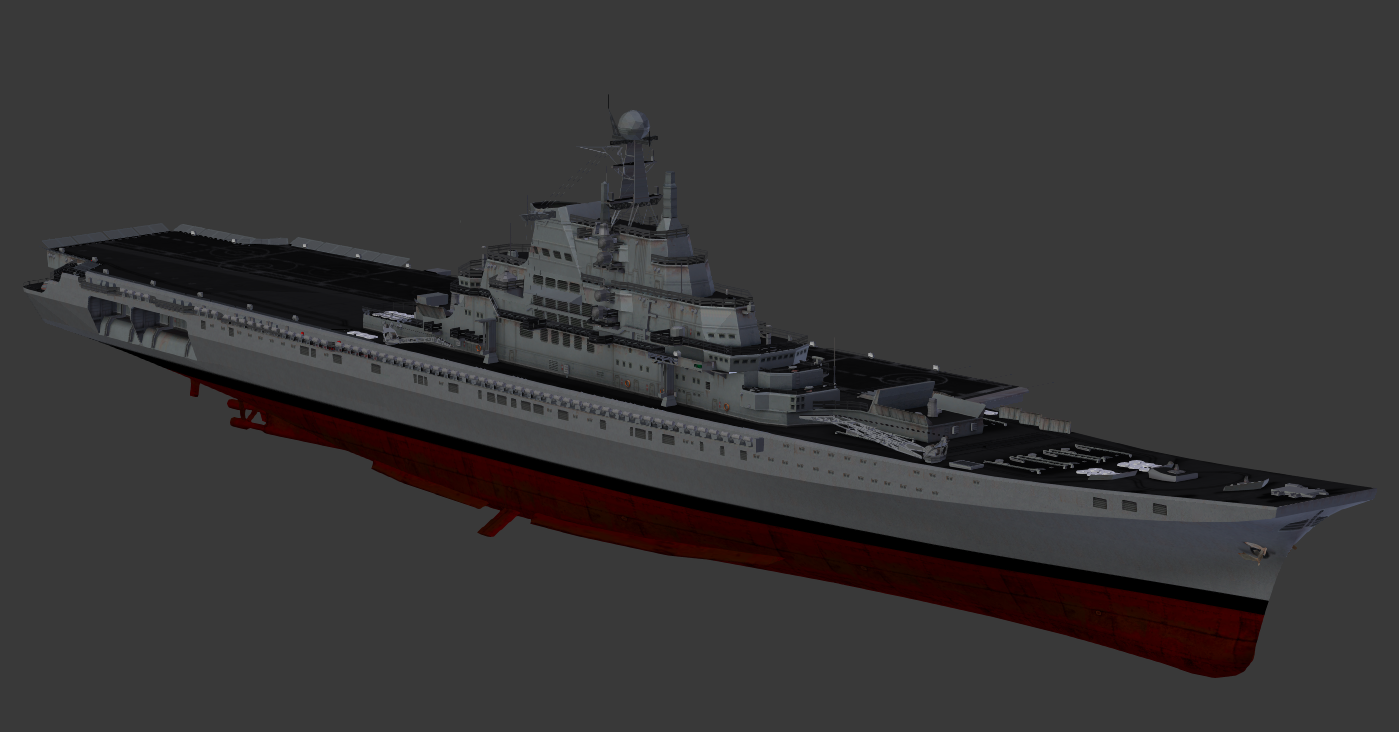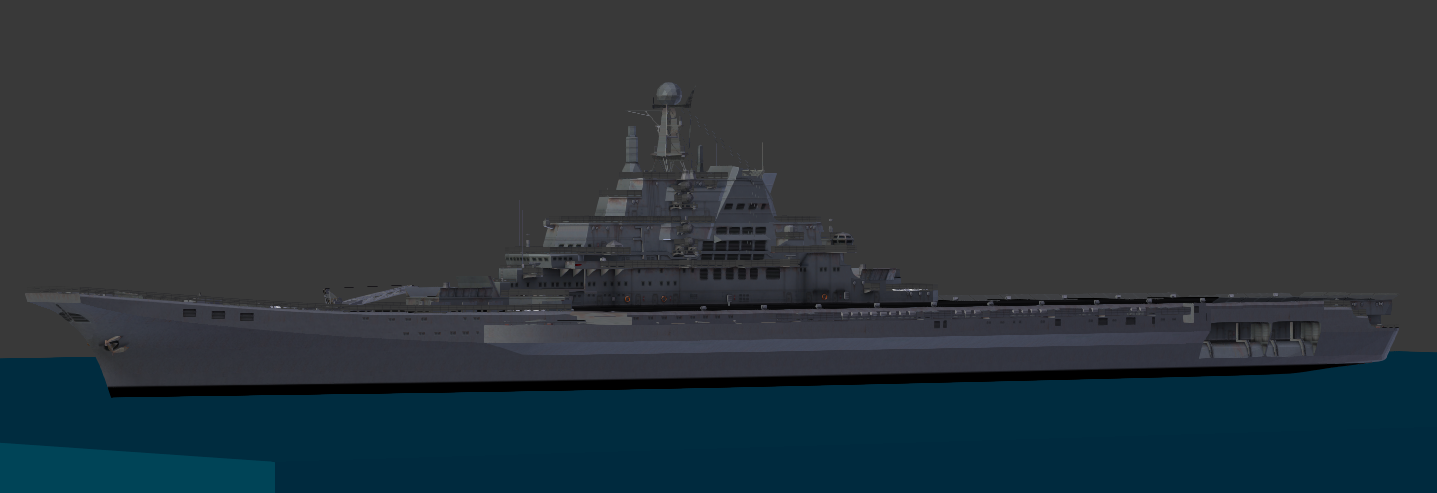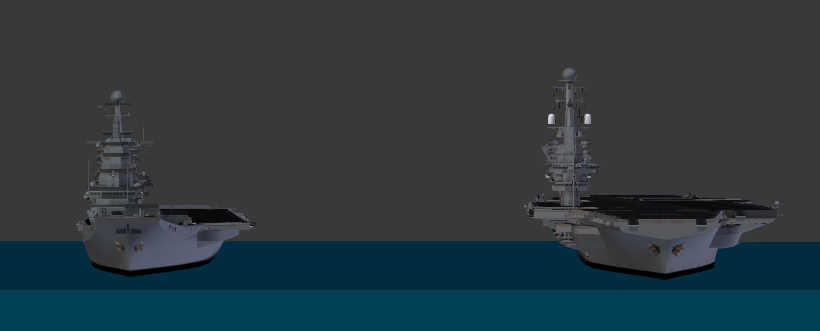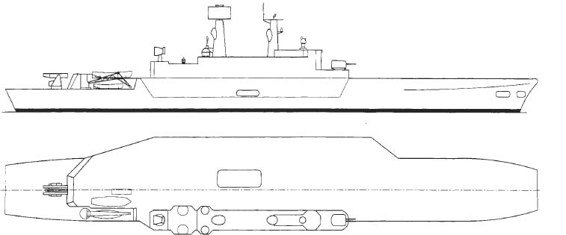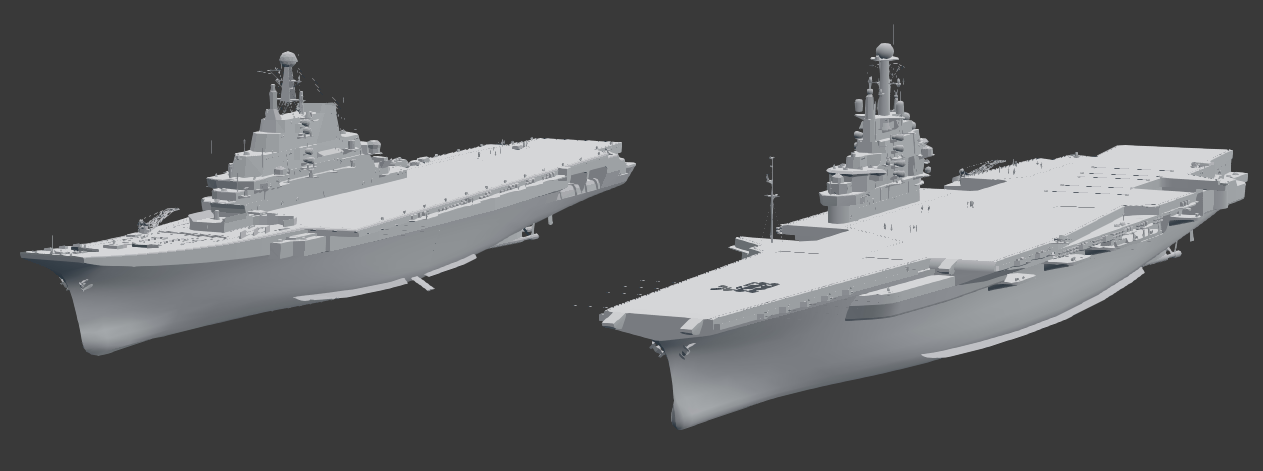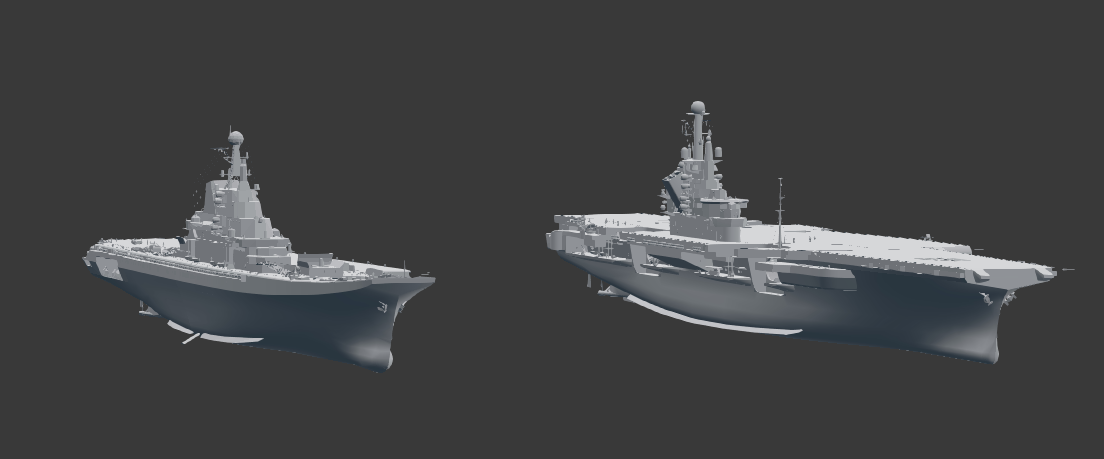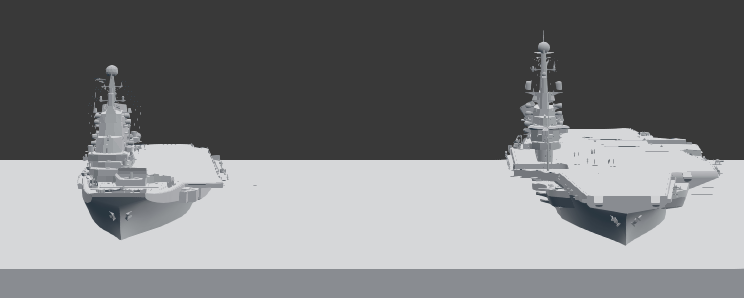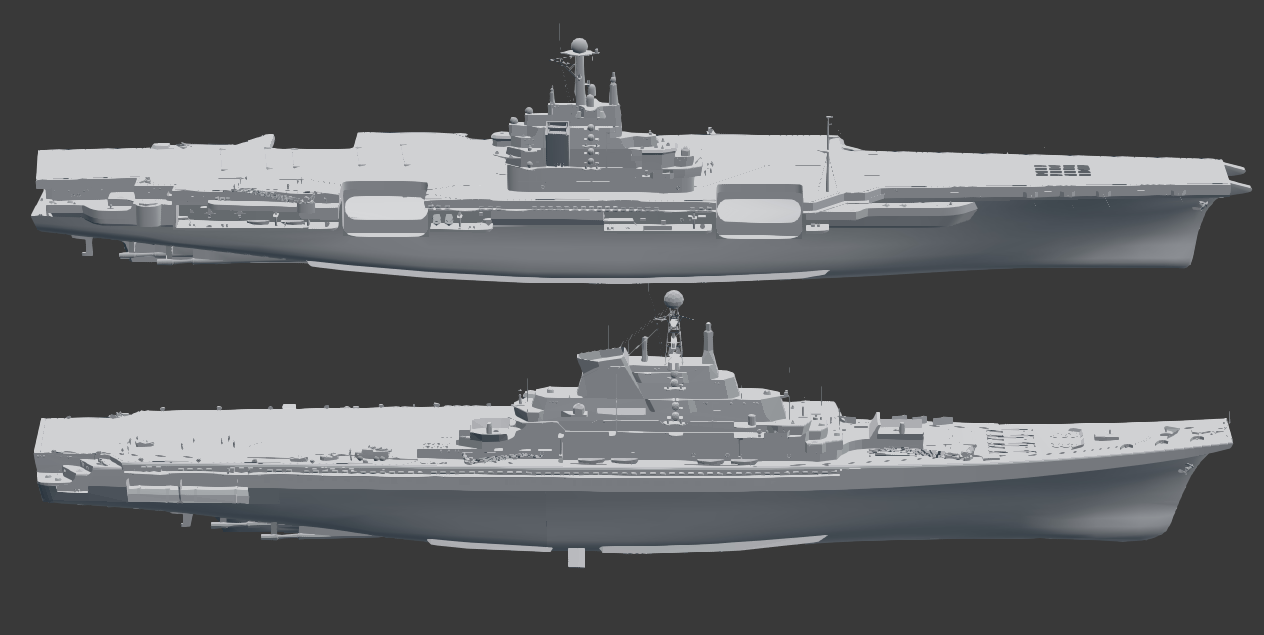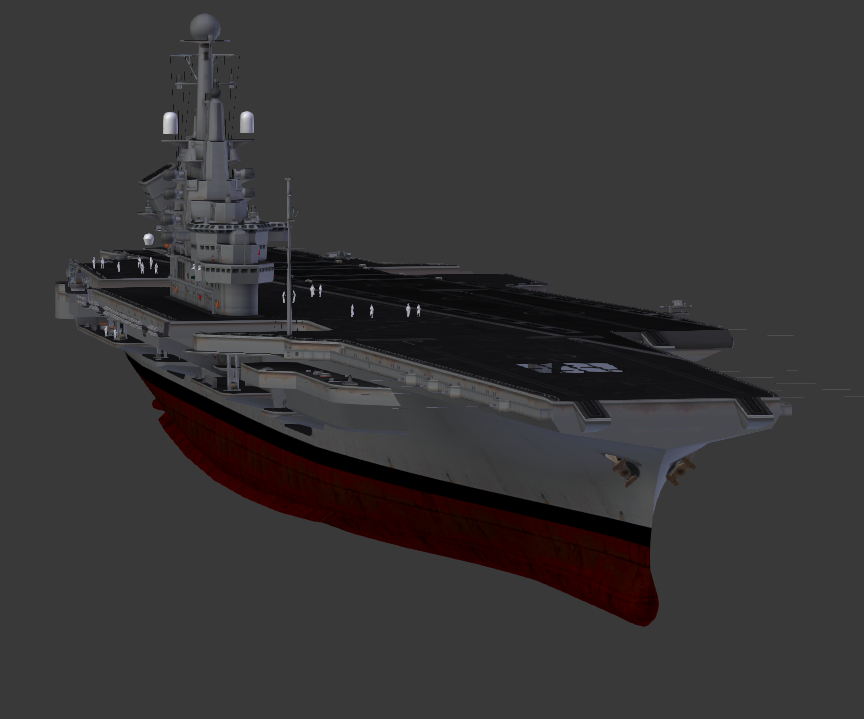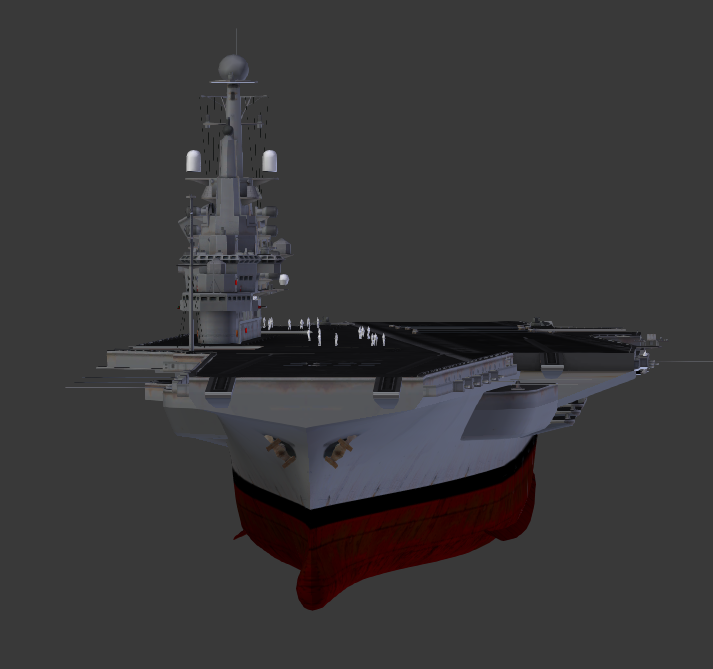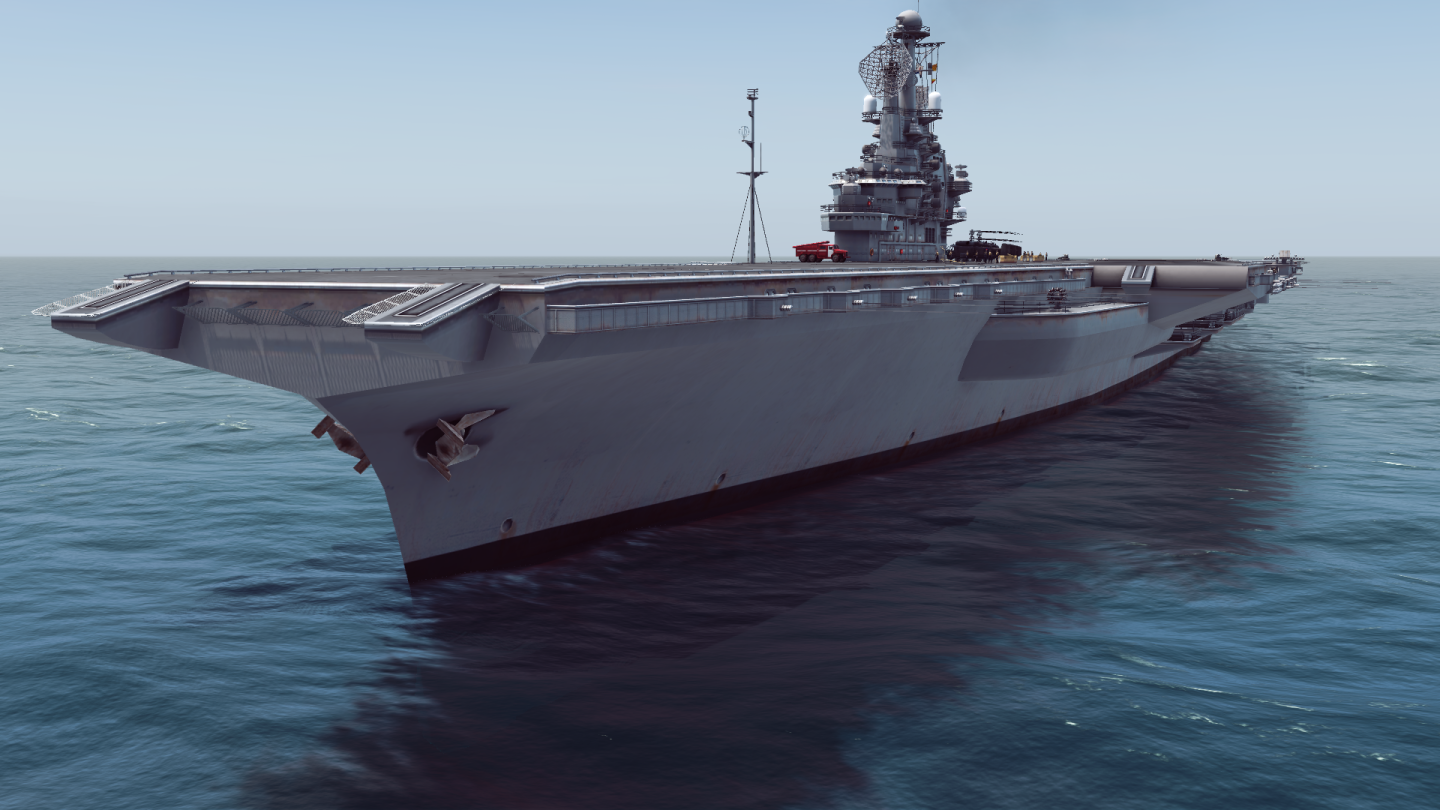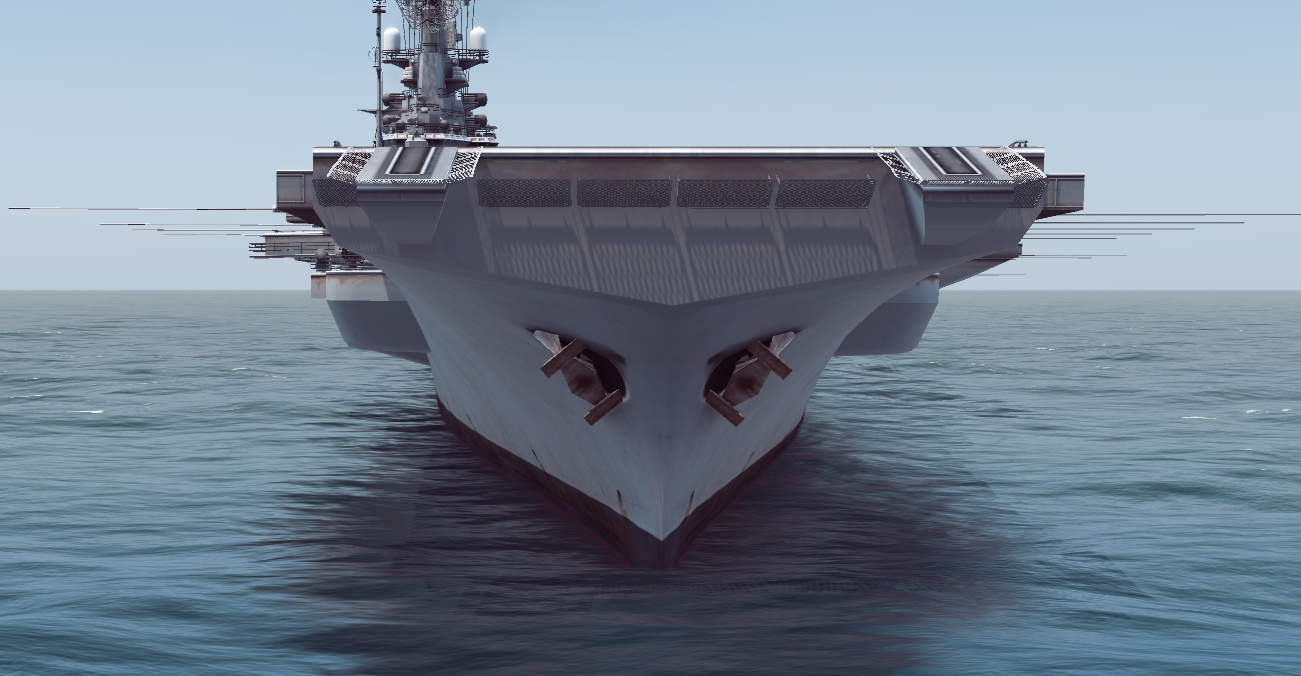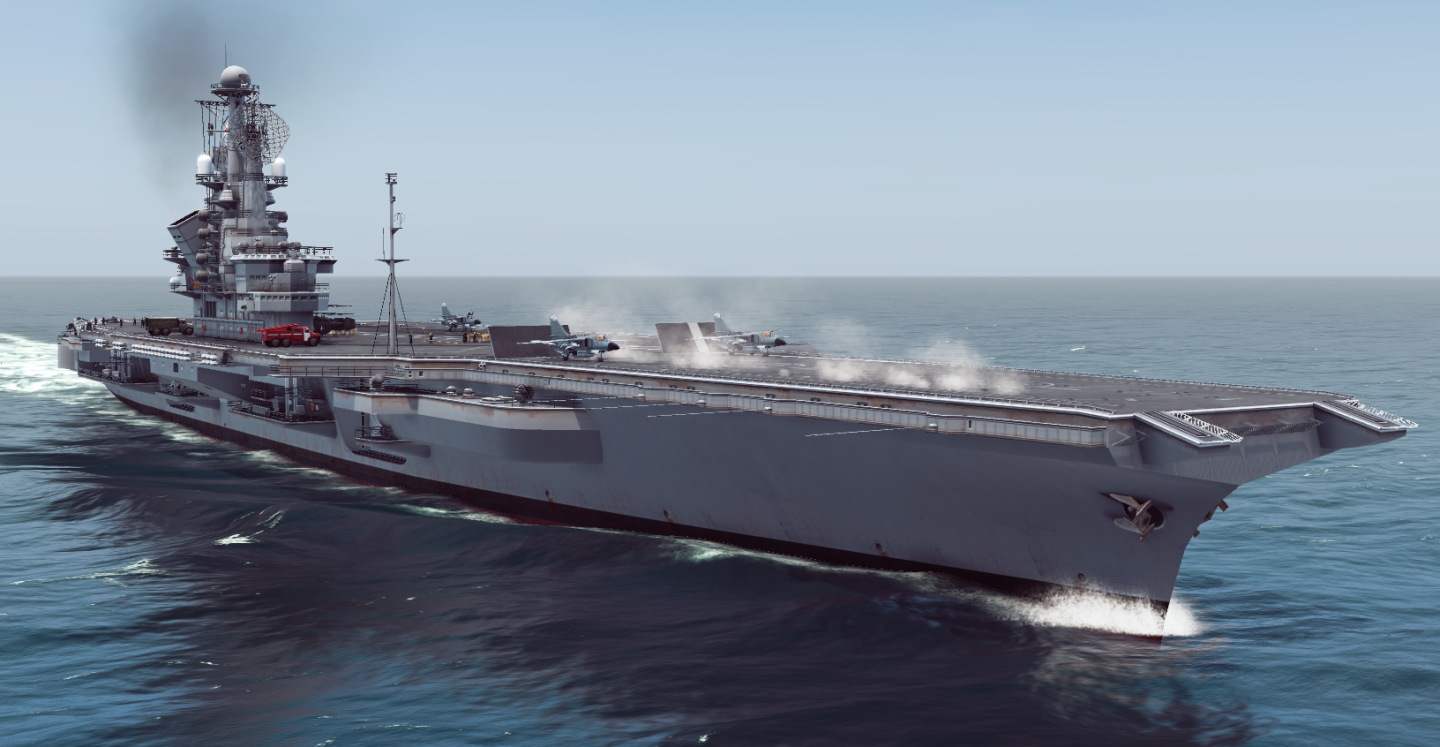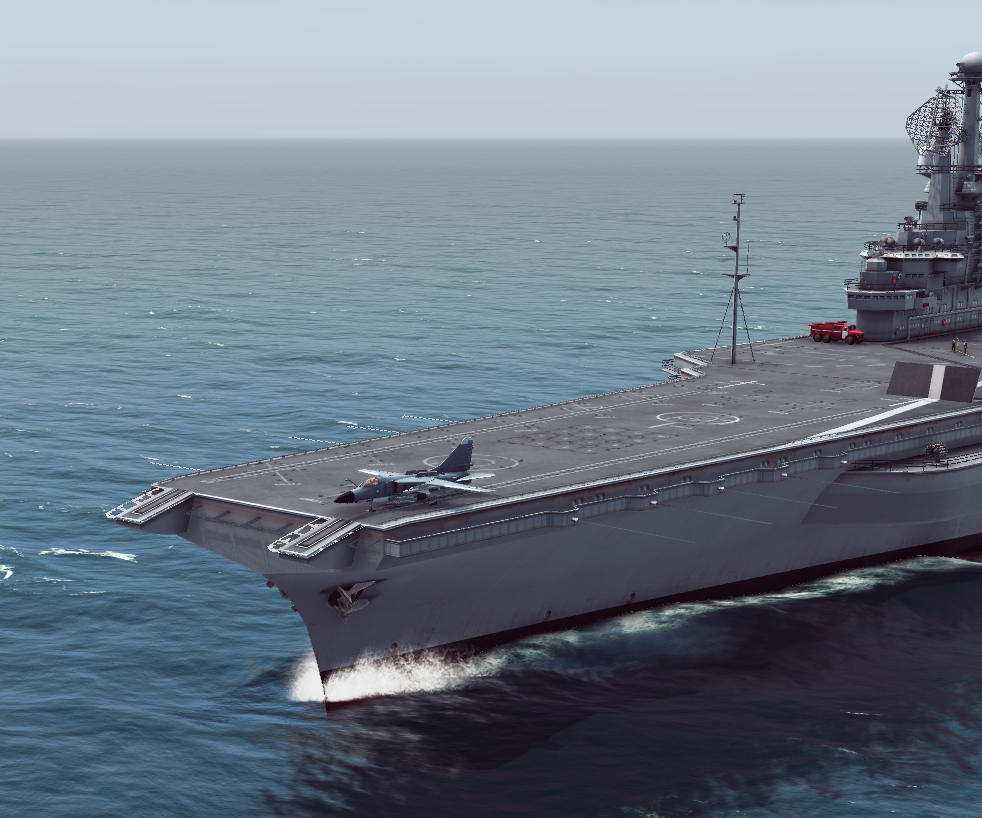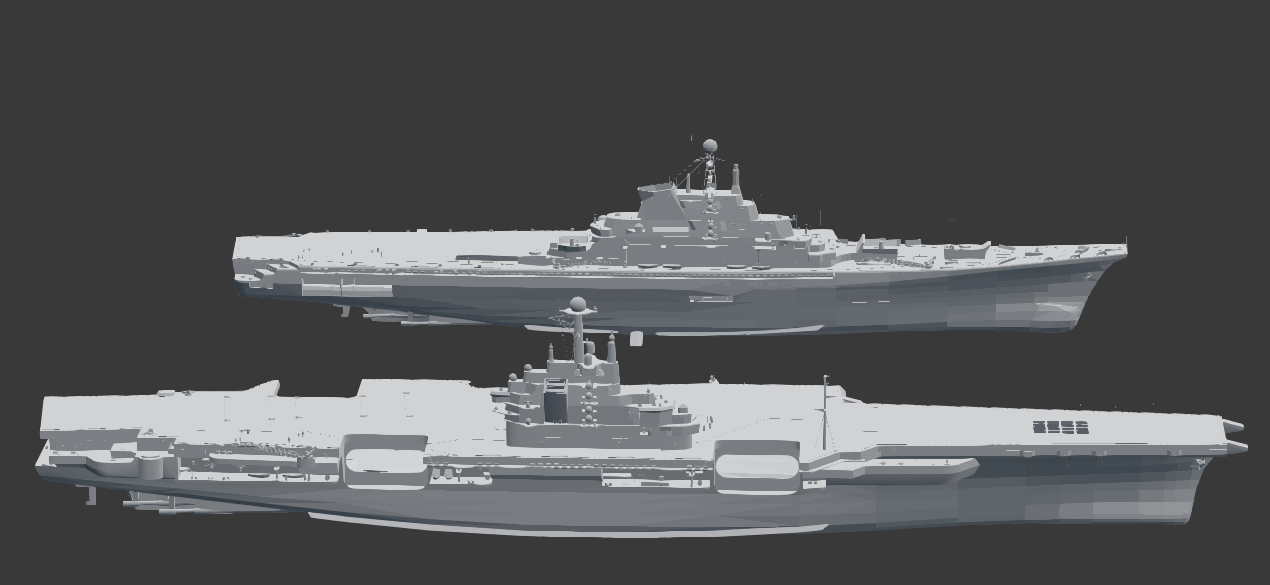-
Posts
981 -
Joined
Content Type
Profiles
Forums
Gallery
Events
Everything posted by Martes
-
Mary Rose 1511 — the epitome of the Northern tradition
Martes replied to Waldemar's topic in Nautical/Naval History
Can you describe a format that could have been used to transfer the design from one place to another, if it was not done graphically? What would have to be written on that piece of paper that an English agent brought from France describing the Colombe, so that English shipbuilders could unpack into a hull shape and be confident that the result matches the original? -
Mary Rose 1511 — the epitome of the Northern tradition
Martes replied to Waldemar's topic in Nautical/Naval History
Those quotes also underline the careful attention given to the forms of the ship hulls already at this time, with navies watching each other's designs and wide exploitation of proven and successful variants. -
Mary Rose 1511 — the epitome of the Northern tradition
Martes replied to Waldemar's topic in Nautical/Naval History
It should be noted that the design of the Mary Rose was not borne in vacuum. Apart from an inventory which gives the numbers of her masts and yards, there are only two clues to the Regent’s design, a building warrant which states that she is to be made “like unto a ship called the Columbe of France” (of which nothing is known either) and a note that she was made by a “novel construction … with ordnance and fittings”. For the Sovereign we know even less. Apart from an inventory which lists the number of masts and yards,[2] there is only a mention in 1525 that she is in bad condition but worth repair because “the form of which ship is so marvellously goodly that great pity it were that she should die”. The “novel construction” of the Regent could refer to a change from clinker building to carvel or to the introduction of the square stern which occurred generally about this time. Perhaps it was the answer to the mounting of high-velocity, long-range guns in the bows of galleys, which in a calm could manoeuvre to fire into the weak and unprotected sterns of the great sailing ships. The obvious defensive answer was to mount heavy guns in the sterns of the carracks, and more of them; and the only way to provide space for a rearward-firing battery was to make the stern square. ... The best, he thought, was his own command, the Mary Rose. “Sir, she is the noblest shipp of sayle and grett shipp at this hour that I trow be in Christendom. A shipp of 100 tone wyl not be soner at her … abowt then she.” With these qualities, plus proven success in battle, it is not surprising that the design was continued. As replacement for the burnt Regent, a scaled-up version of the Mary Rose was ordered to be built. Called at first the “Gret carrik” Imperyall, she was later named the Henry Grace de Dieu, but nowadays is more commonly referred to as the Henry Grace à Dieu or Great Harry. Alexander McKee - King Henry VIII’s Mary Rose (1973) There is a clear succession of design evaluation here, from the French original (the carrack Columbe) through the Regent and larger Sovereign (the parts of which are known as the Woolwich ship), the Mary Rose and ultimately the Great Harry. McKee - who is responsible for the finding of the ship and raising her - made an unparalleled search in contemporary documents in order to locate and identify the wreck. -
Mary Rose 1511 — the epitome of the Northern tradition
Martes replied to Waldemar's topic in Nautical/Naval History
Concerning weight, I suppose heavy artillery + high castles + a lot of heavy infantry combined with insufficient ballast and stores in the hold (because there was no intention for a long voyage and they probably had to reduce the weight of the stores not to raise the waterline even more) brought about the result. There is a question of how the larger Great Harry (that is assumed to have been built to the same, only enlarged design) had survived. I am inclined to attribute it to either a miracle or much better seamanship, because she was as overloaded and carried her gunports probably as close to the waterline as the Mary Rose. But she was larger. Note that the Great Harry is the only ship on the Cowdray engraving of the battle of the Solent that has the guns so low to the water. https://www.flickr.com/photos/cjb22222222/16179732864 The French fleet the rest of the English fleet So I assume the overloaded Harry is a faithful depiction. -
Mary Rose 1511 — the epitome of the Northern tradition
Martes replied to Waldemar's topic in Nautical/Naval History
But you have increased the width on the max breadth level, i.e. the exact same place where the waterline was located at her latest configuration. And even Gresham ship shows that the furring specifically raises the max breadth of the hull above the original level. -
Mary Rose 1511 — the epitome of the Northern tradition
Martes replied to Waldemar's topic in Nautical/Naval History
In practice this gives a single arc for both sweeps forward? -
It's probably a bit late comment, but I think something is off with the position of hawseholes and chase ports. They both appear to be more forward and closer to centerline on most of the plans and on the original ship as well. And the size of the chase port is identical to the regular gunport + angular cut.
-
Some assorted screenshots. Note the cleaner anti-aliasing enabled by DGVoodoo. The design convergence and copying allows to easily substitute ships for various navies - some local quirks aside, those models can easily fly British, French, Russian, Spanish, Neapolitan and even Turkish ensigns. Two frigates, light and heavy A typical French frigate in British service with bomb-converted corvettes a post-war razee with raked elliptical stern
-
Cold War madness
Martes replied to Martes's topic in CAD and 3D Modelling/Drafting Plans with Software
Thanks, I am obviously aware of this game, and of probably all others in this genre up to Harpoon and North Atlantic 86. But you would note that CMO is concentrated around different features, with the 3d graphics being very secondary to tactical simulation. Also, creating customized units and weapons is an immense headache there. -
Cold War madness
Martes replied to Martes's topic in CAD and 3D Modelling/Drafting Plans with Software
It seems I had a kind of a stylistic breakthrough - I found a way to combine the Soviet aesthetics of the 1134B (Kara) cruiser and the British Type 82 Bristol - into one: And practically all it took was a single stroke of a pen. I simply enclosed the lower part of Kara's superstructure with the outer hull, leaving the original sheer line as a knuckle: -
Cold War madness
Martes replied to Martes's topic in CAD and 3D Modelling/Drafting Plans with Software
Escort cruiser and helicopter ops: And I even went as far as placing landing lights that weren't present on the original model: -
Cold War madness
Martes replied to Martes's topic in CAD and 3D Modelling/Drafting Plans with Software
The more or less final design for "as completed" Escort Cruiser, with rounded edge of the foredeck and other small corrections: -
Thanks It was a great surprise for me at some point - not all old engines are that forgiving. There are some local quirks, of course, but still, it handles dozens of hulls in a scenario like a charm. *sigh* since I started the project around 2018 you are (checks notes) the second person to ask this. But frankly, I don't know. I constantly edit the models and there are several I'd really have to finish before considering a real release (Sane-designed 74 and 80-gun ships for example). Also I think from time to time to port the models over to Unity and run them on Ceto ocean, but that would mean rewriting the whole game logic. Considering the amount of public interest that's a bit bleak prospect. Or I simply have no idea where to get this interest.
-
https://www.rmg.co.uk/collections/objects/search/fubbs https://www.rmg.co.uk/collections/objects/rmgc-object-66391 https://www.rmg.co.uk/collections/objects/rmgc-object-459439 Note that the plan has a second sheet with some internal arrangements.
- 77 replies
-
- Royal Yacht
- card
-
(and 1 more)
Tagged with:
-
Cold War madness
Martes replied to Martes's topic in CAD and 3D Modelling/Drafting Plans with Software
And inevitable corrections after extensive testing. Moved the anchors a bit higher, corrected the curve of the stem, widened the black waterline stripe a little. Because it's all about how you read the silhouette at various lighting, camera angles and distances. -
Cold War madness
Martes replied to Martes's topic in CAD and 3D Modelling/Drafting Plans with Software
-
Cold War madness
Martes replied to Martes's topic in CAD and 3D Modelling/Drafting Plans with Software
And an initial sailing test of the command cruiser. The deck still has to be repainted, weapons properly configured. Otherwise, everything seems to work. -
Cold War madness
Martes replied to Martes's topic in CAD and 3D Modelling/Drafting Plans with Software
Preliminary texturing of the command cruiser is complete - the original model, unlike the large carrier, is a mess, and required a lot of corrections apart from replacing the hull, so it takes much more time. I still have to adapt the deck texture to rearranged armament, but the general look of the ship is already here. -
Cold War madness
Martes replied to Martes's topic in CAD and 3D Modelling/Drafting Plans with Software
Now it's Kiev's turn. Project 1143, a large ship combining STOVL aircraft, helicopters and heavy offensive missile punch, and yet not exactly carrier. Britain had conducted several studies in that direction even before the emergence of the Invincible concept - the so called Escort Cruiser of 1961: Of course in my version of Britain the ship would easily grow from 15kt to around 40, and would be developed in the same cooperation with Soviet counterparts, as the carrier above. There will be differences, though. The hull is a combination between British and Soviet forms (forward half is purely enlarged Colossus, aft run is Soviet, as it's their engine group). The flare of the bow is increased in a provision for potential quick removal of the missile armament and replacement with a conventional flight deck with a ski-jump (fitted for, but not with). Artillery is removed, the fore turret replaced with an additional twin Bazalt (Sea Boar in RN service) launcher, bringing the broadside to 10 missiles, and aft turret replaced by SA-N-9 (Sea Arrow) missile containers. The S-300 (Sea Serpent) remains in place, just as Sea Dart on Invincible. In - again - a case of Russian Reversal, this reality dictates an increase of East-of-Suez deployments, for which those ships, classified as "command cruisers" would be mostly dedicated, they would make a frequent and common sight in tropical waters - countering US carrier groups, delivering the will of the Queen and the Secretary General to the third world countries, before the inevitable showdown in the icy gray waters of South Atlantic. -
Cold War madness
Martes replied to Martes's topic in CAD and 3D Modelling/Drafting Plans with Software
After looking at the screenshots above I realized something is off with the hull - the same forward part I left from the artist's interpretation of the Soviet sketches (there are no real published plans for 1160 project, only several sketches and photos of a model), so I took the plans for Colossus-class carriers and used them to correct the lines. This, I think, makes the hull entry fuller, but more plausible - for this configuration. And now to sailing test: -
Cold War madness
Martes replied to Martes's topic in CAD and 3D Modelling/Drafting Plans with Software
-
Cold War madness
Martes replied to Martes's topic in CAD and 3D Modelling/Drafting Plans with Software
Oh, well... That probably had to be expected. As with most computer games, somebody figured out a way to extract the models and inject new meshes into it, and then I figured out how to use that. So now I can take the ingame models of project 1160 carrier and project 1143 helicopter carrier, and anglicize their hulls even more properly. The most simple and visible change is altering the shape of the hull forward, more or less in line with CVA-01 plans and other contemporary projects of aircraft-carrying ships. The sonar remains in place, but the cutwater is moved forward and the flight deck supports are shaped differently. Soviet originals above, modified British-style versions below. It's still very much work in progress, but I ultimately hope to see them in the water at some point. -
Paviljoensjacht 1733 | Blender
Martes replied to Robska's topic in CAD and 3D Modelling/Drafting Plans with Software
Then textures + normal maps are your answer definitely. look at collections.rmg.co.uk by "planking" -
Paviljoensjacht 1733 | Blender
Martes replied to Robska's topic in CAD and 3D Modelling/Drafting Plans with Software
There is no optimal workflow, unfortunately. There are multiple styles of plank covering, and some are easier to reproduce, while others aren't. The Dutch style in question is relatively easy (you can get away with through-cuts), but making some British ship with complex planking will be a torture. There are two options - either reproduce the planks by cutting the surface, or to paint them as a texture, and this depends on what the final destination of the model is. And then remember that most ships were covered by heavy amounts of paint that would, technically obscure the run of the planks, or had their bottom coppered, which makes a totally different picture.
About us
Modelshipworld - Advancing Ship Modeling through Research
SSL Secured
Your security is important for us so this Website is SSL-Secured
NRG Mailing Address
Nautical Research Guild
237 South Lincoln Street
Westmont IL, 60559-1917
Model Ship World ® and the MSW logo are Registered Trademarks, and belong to the Nautical Research Guild (United States Patent and Trademark Office: No. 6,929,264 & No. 6,929,274, registered Dec. 20, 2022)
Helpful Links
About the NRG
If you enjoy building ship models that are historically accurate as well as beautiful, then The Nautical Research Guild (NRG) is just right for you.
The Guild is a non-profit educational organization whose mission is to “Advance Ship Modeling Through Research”. We provide support to our members in their efforts to raise the quality of their model ships.
The Nautical Research Guild has published our world-renowned quarterly magazine, The Nautical Research Journal, since 1955. The pages of the Journal are full of articles by accomplished ship modelers who show you how they create those exquisite details on their models, and by maritime historians who show you the correct details to build. The Journal is available in both print and digital editions. Go to the NRG web site (www.thenrg.org) to download a complimentary digital copy of the Journal. The NRG also publishes plan sets, books and compilations of back issues of the Journal and the former Ships in Scale and Model Ship Builder magazines.





